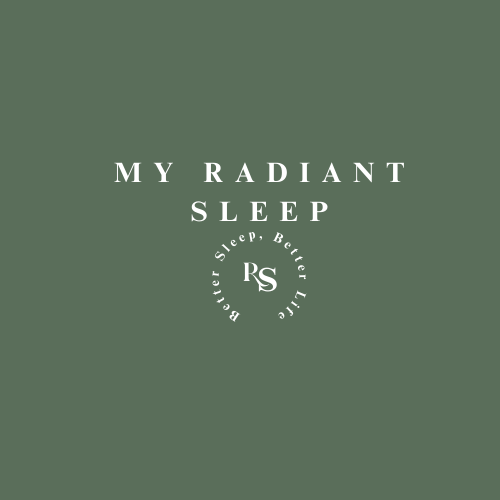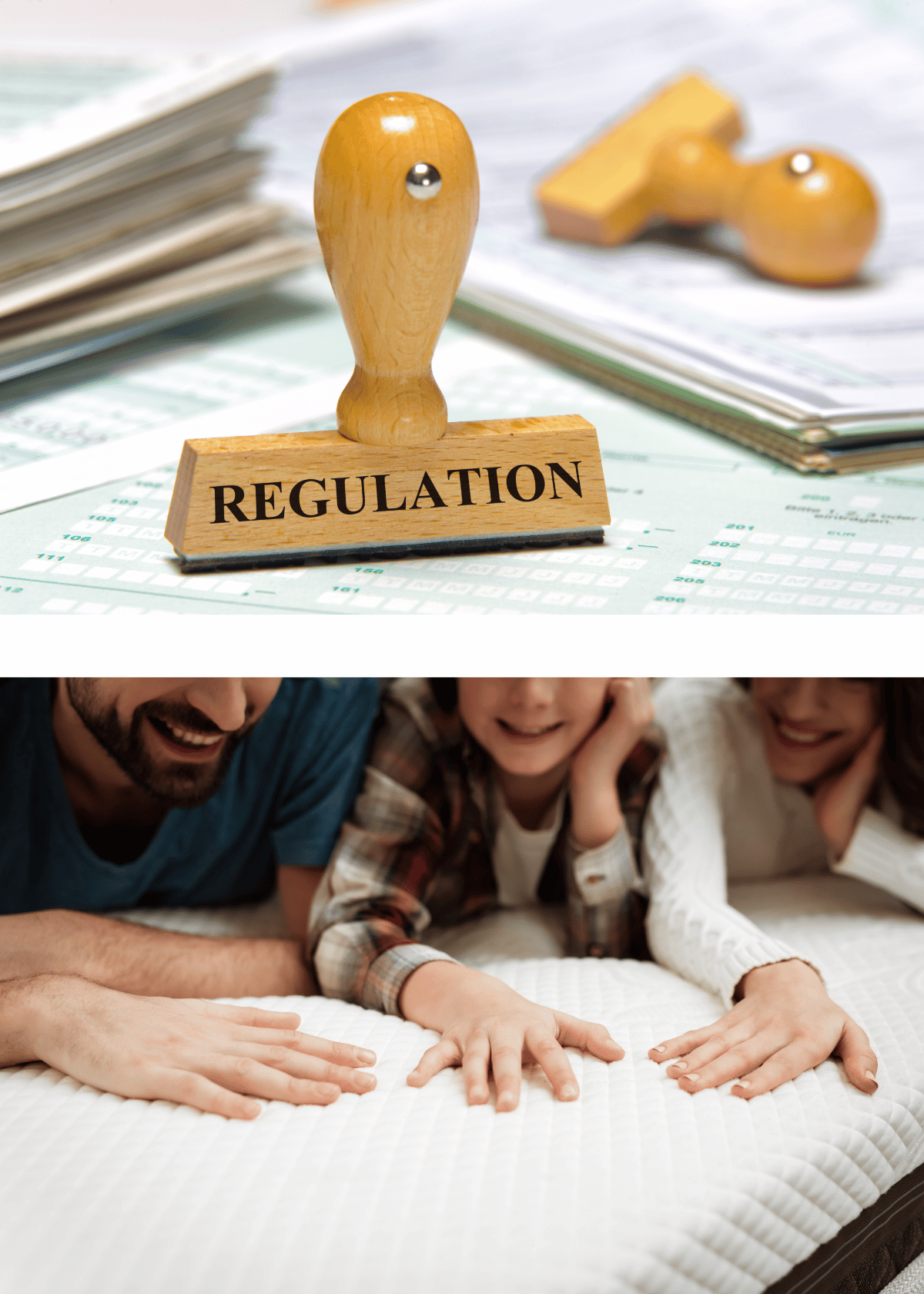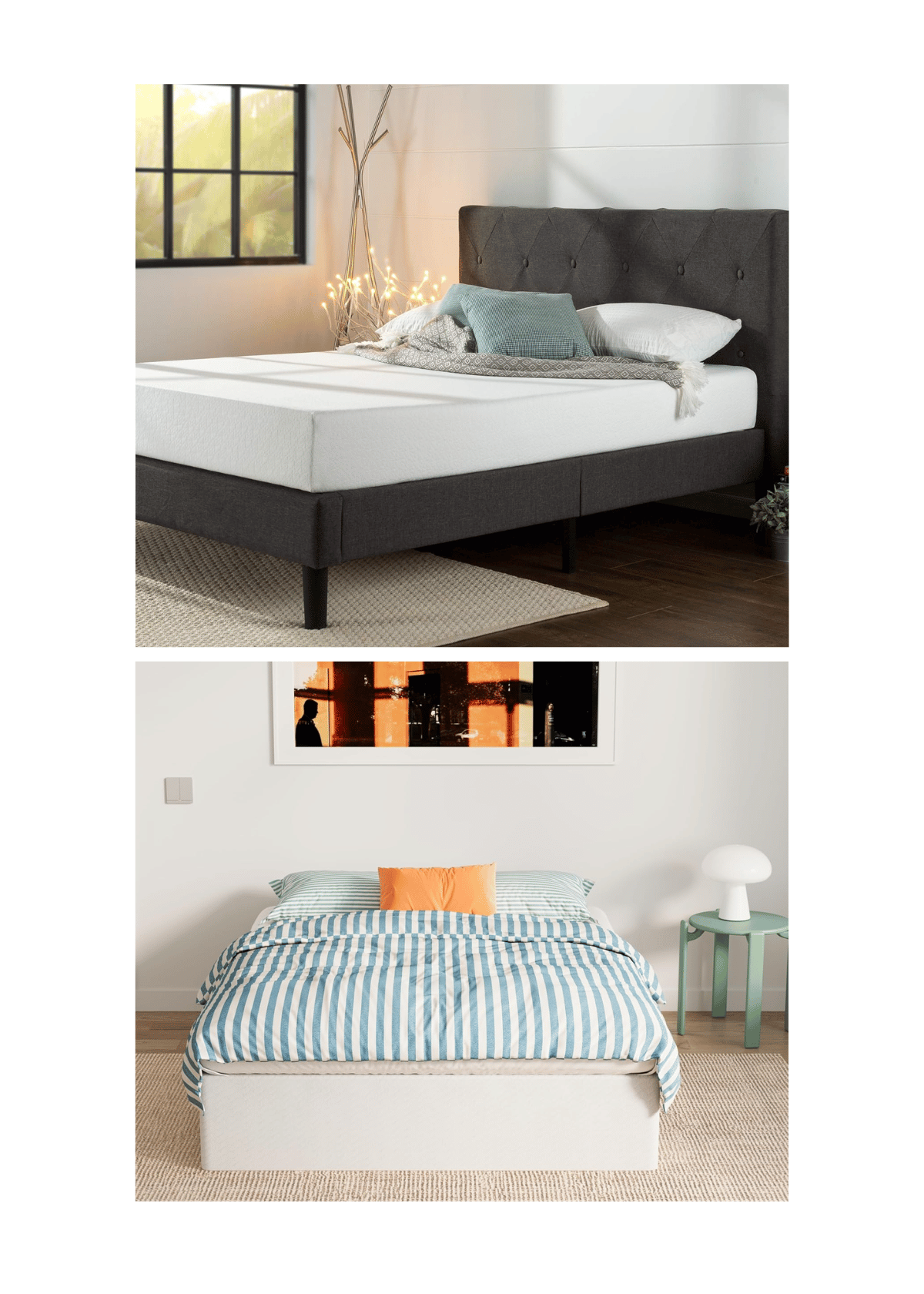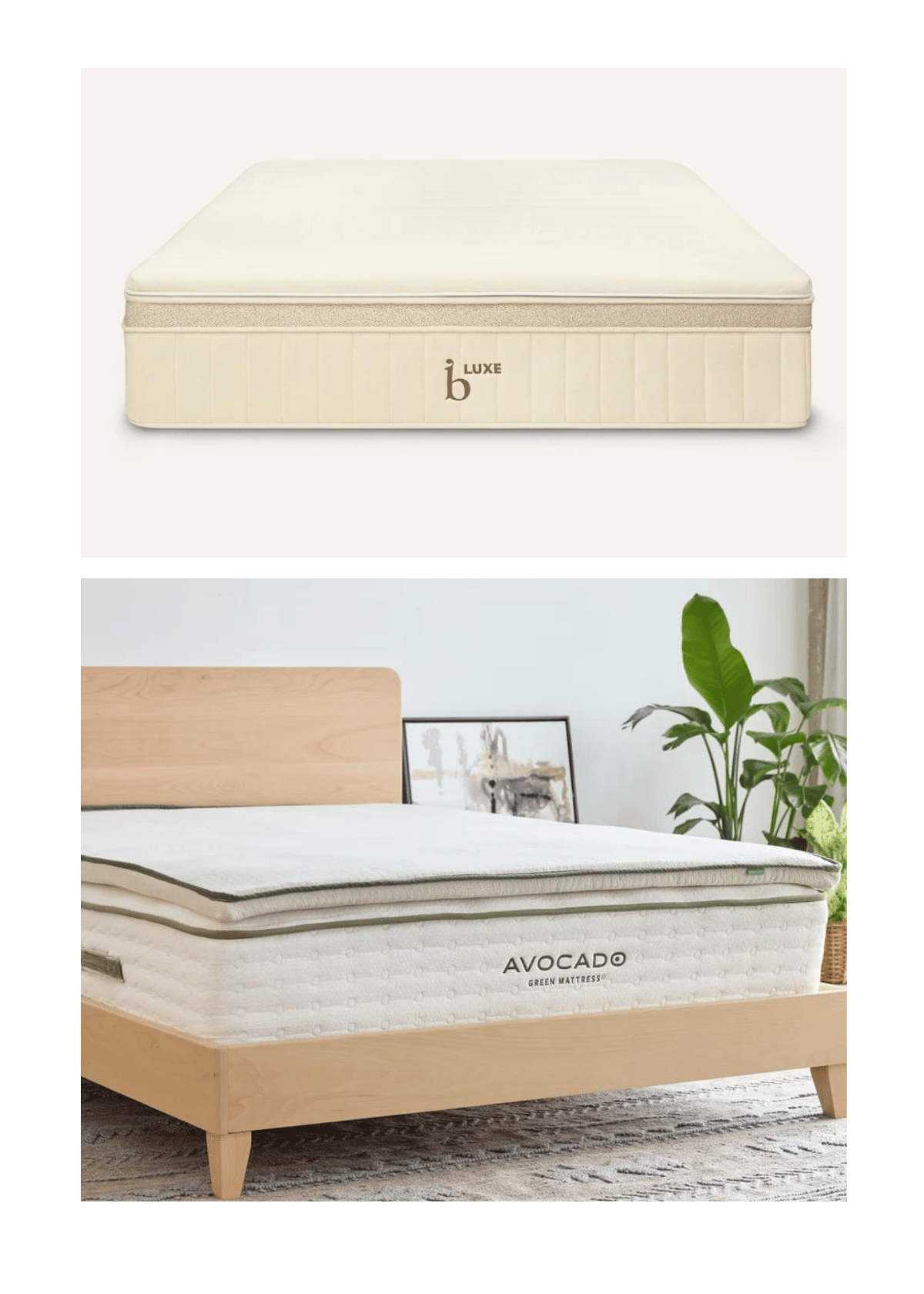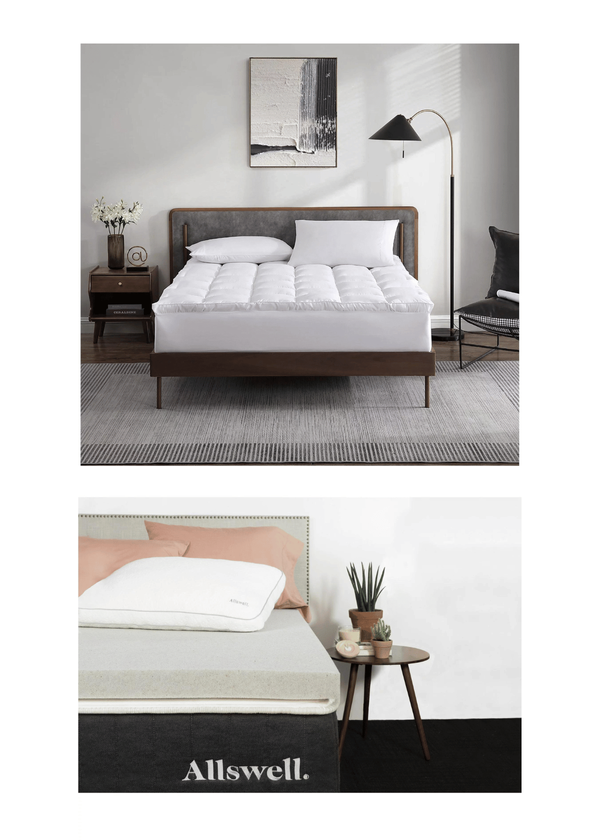(Last Update: 04/22/2025)
This content is created with integrity and impartiality; we do not receive direct compensation for this review. See our Mission and Core Values here.
What makes a mattress safe and comfortable?
With countless options in the market, how can you be sure your mattress meets the necessary safety and quality standards?
In this blog post, we will explore the rules and regulations of the mattress manufacturing sector, from flammability standards to labeling requirements, ensuring you have the knowledge to make informed decisions when purchasing a mattress.
Consumer Product Safety Commission and Mattress Manufacturers
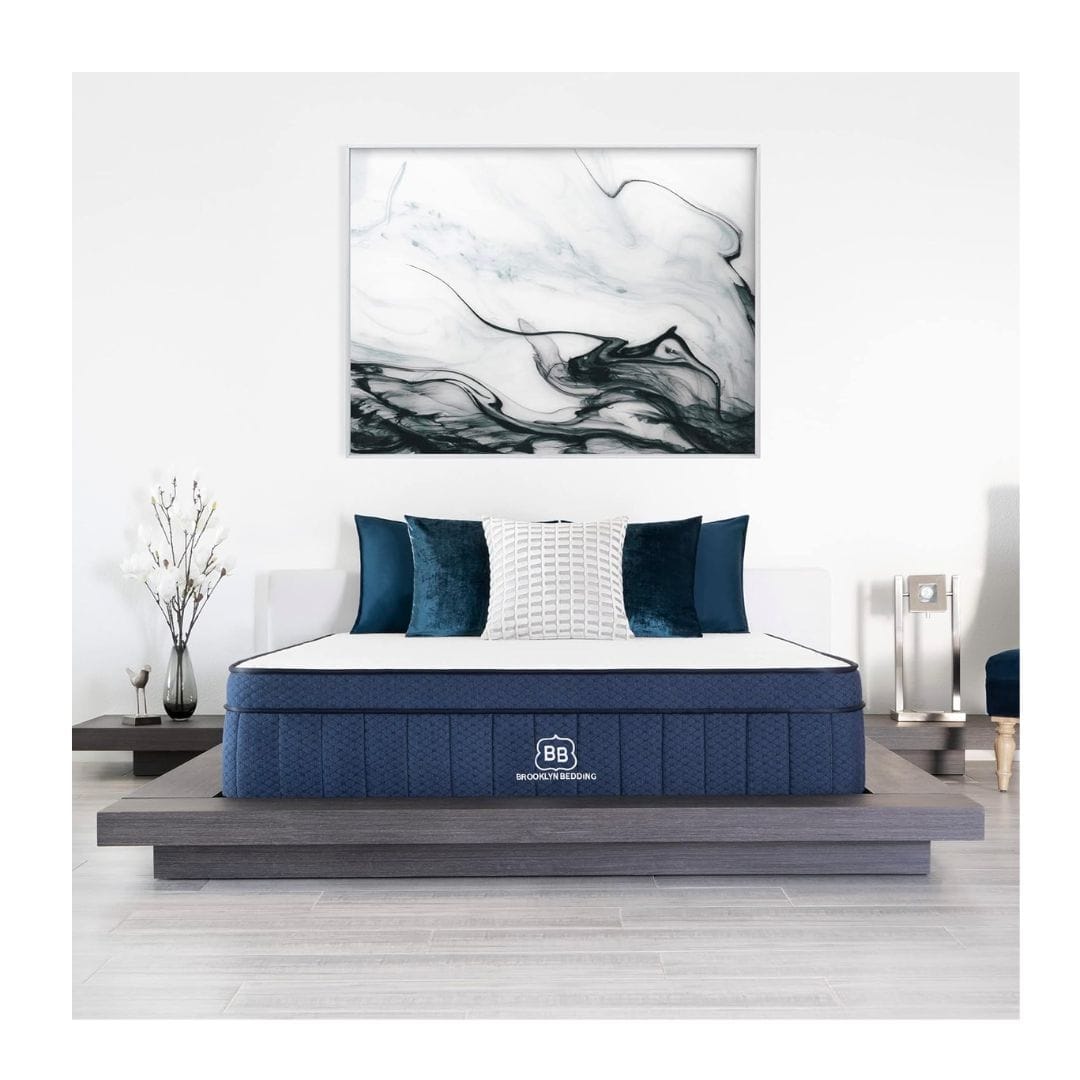
In the United States, mattress manufacturers are subject to various regulations. These requirements are essential in ensuring safety, comfort, and standards.
As consumer awareness increases, more individuals actively seek mattresses that align with their health needs and sleep preferences.
The Consumer Product Safety Commission (CPSC) plays a pivotal role in regulating the mattress industry by enforcing federal safety standards to protect consumers from fire hazards, chemical exposure, and unsafe construction.
One of the most important regulations enforced by the CPSC is 16 CFR Part 1633, which mandates open-flame fire resistance testing for all mattresses manufactured or imported into the United States. This regulation ensures that mattresses delay the spread of fire, giving occupants more time to escape in the event of an emergency.
Mattress manufacturers must work closely with testing laboratories to certify compliance, and failure to meet these standards can result in costly recalls and fines. Additionally, the CPSC monitors potential risks associated with toxic substances, including formaldehyde, phthalates, and volatile organic compounds (VOCs). Manufacturers aiming to build trust with health-conscious consumers often exceed the minimum requirements to attain safer, more eco-friendly designs.
The main categories of requirements include Fire prevention norms, chemical legislation Observance, and children’s mattress requirements. The CPSC enforces these standards and voluntary standards.
Fire prevention norms play a crucial role in preventing mattress fires. Sample mattresses are exposed to specified flaming ignition sources in well-ventilated, controlled environmental conditions. Their burning behaviors are tested and observed to evaluate the fire response characteristics.
Chemical legislation compliance ensures that manufacturers adhere to safety standards regarding chemicals used in mattress production. Children’s mattress regulations, such as the Consumer Product Safety Improvement Act (CPSIA), ensure precaution and standards for crib and cot mattresses.

Flammability Standards
Flammability standards guarantee mattresses meet fire resistance requirements, such as BS 7177+A1:2011 and the Flammable Fabrics Act. The Act regulates the flammability standard of textile products, including garments, carpets, and furniture.
In the United States, mattresses are subject to Fire security norms and requirements specified in CFR Part 1632 and Part 1633.
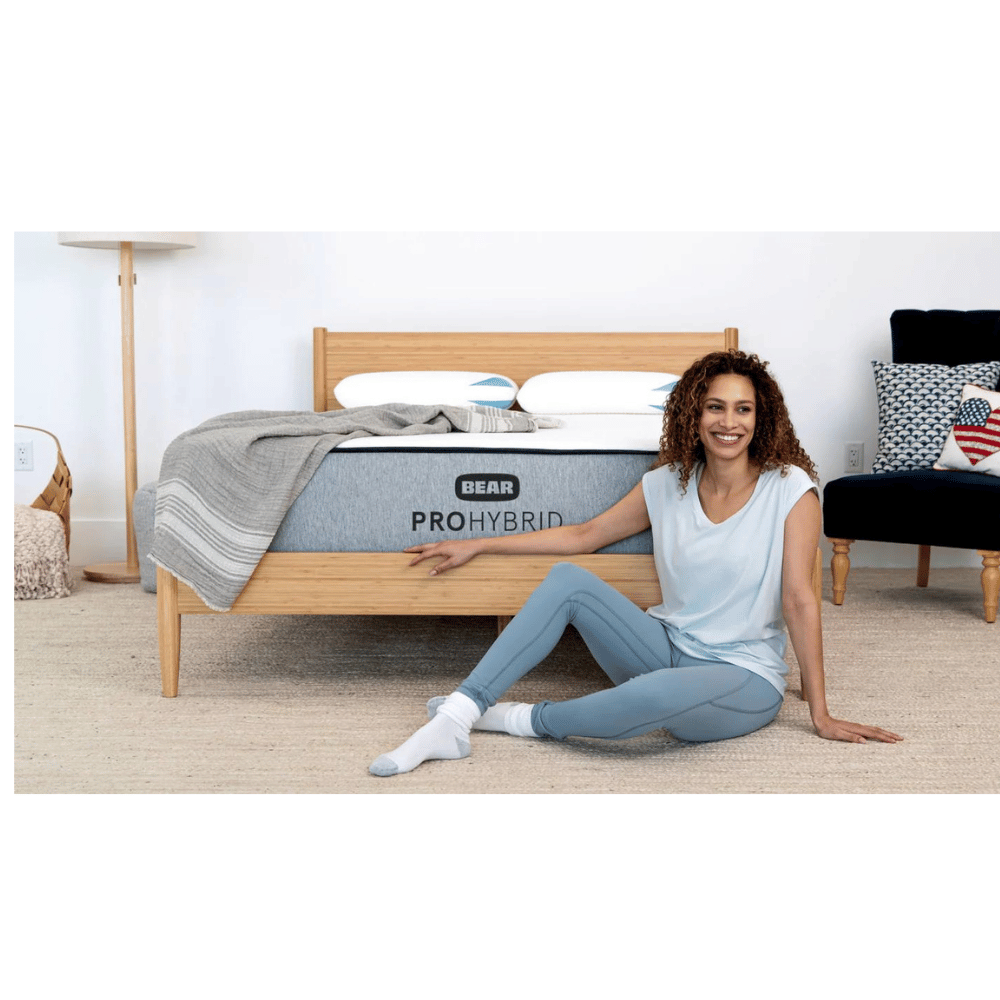
These requirements are essential to ensure the precaution of the manufacturing process. The testing procedures for mattresses and mattress pads are outlined in professional standards such as Technical Bulletin 117-2013, 16 CFR parts 1632 and 1633, which necessitate testing for flame sensitivity and smolder resistance.
Smoldering ignition is a key concern, with tests involving lighted cigarettes to simulate potential risks. The standard requires testing packaging, as these could contribute to ignition. Commercial companies must also manage waste effectively, balancing marketplace demand with responsible practices.
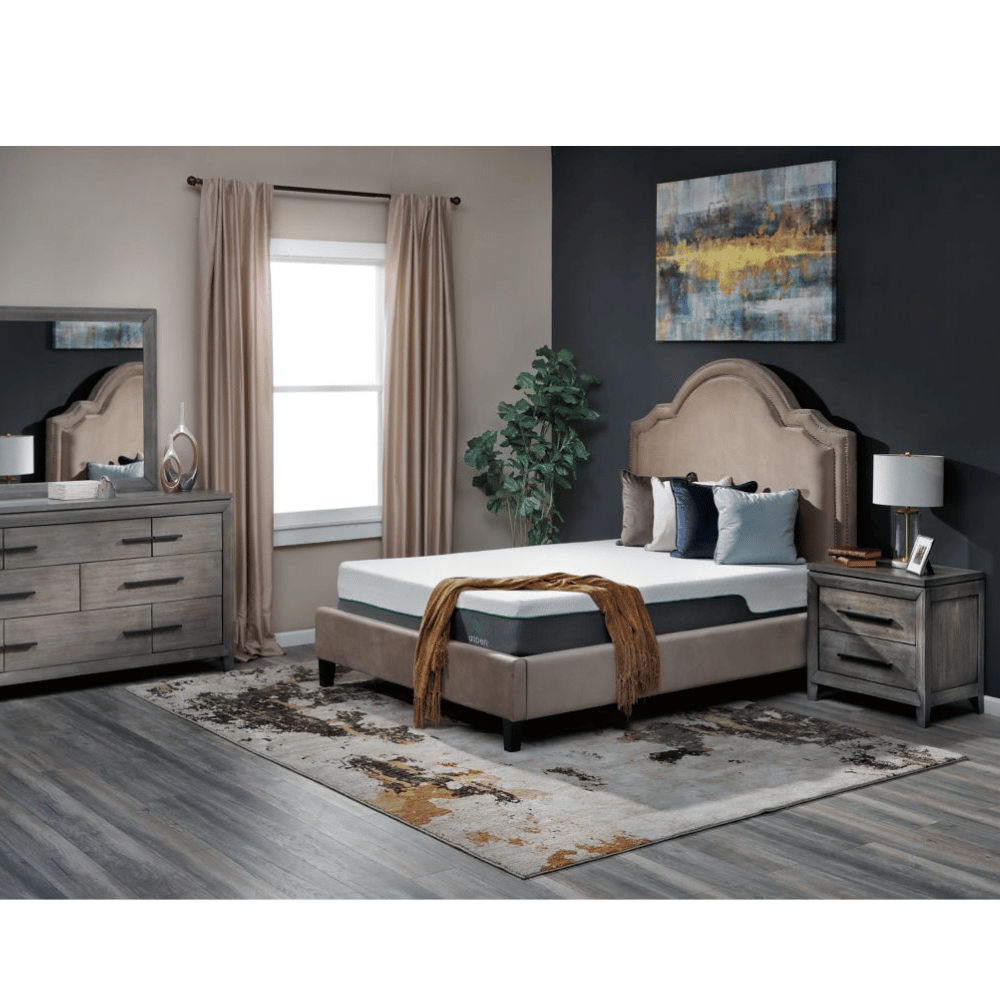
Chemical Legislation Compliance
Chemical legislation compliance is vital in the sleep products sector, ensuring manufacturers observe safety regulations concerning the chemicals used in mattress production.
This is especially important as some chemicals used in production can harm the environment and human health.
In the Europe mattress market, the Biocidal Products Regulations 2012 are standards that businesses using biocidal products and treated products containing biocidal products must comply with. Additionally, the BS 1425-1:1991 standard specifies requirements for the cleanliness of fillings, bedding, upholstery, and other domestic articles.
The REACH regulations require manufacturers importing chemicals into the EU to register them with the European Chemicals Agency (ECHA) and provide information regarding hazardous chemicals on product labels.
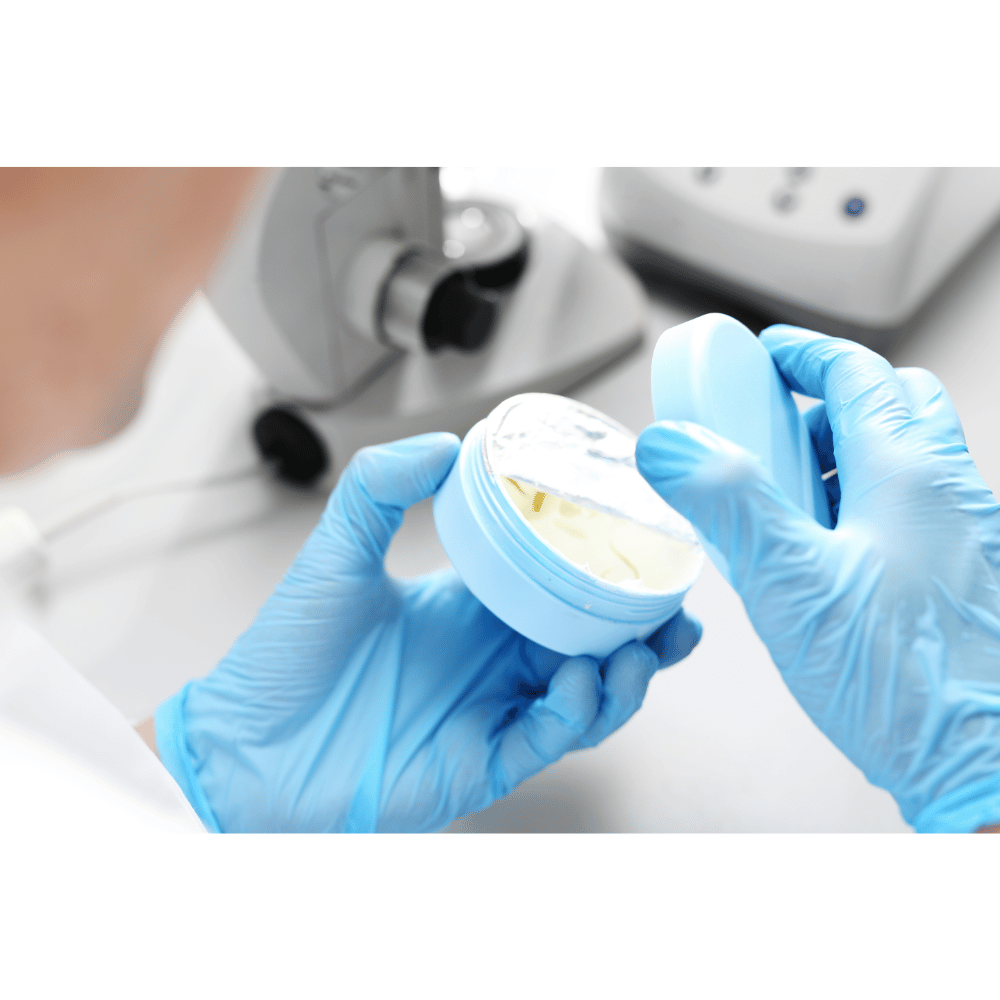
Children's Mattress Regulations
Children's mattresses, especially those designed for cribs and cots, must strictly follow specific safety requirements to assure their value and protect the welfare of children.
In the United States, these standards are overseen by the Consumer Product Safety Improvement Act (CPSIA). This legislation oversees children's products, ensuring they meet strict safety and standard standards, particularly on crib and cot mattresses.
A children's product certificate (CPC) documents consumer products' compliance with these standards. This crucial certificate confirms the child's product's protection and adherence to the required standards. Manufacturers and distributors are required to provide a CPC as part of their responsibility.
Additionally, the CPSIA stipulates the compulsory use of tracking labels on the mattresses and their packaging. This provision facilitates traceability of the product, for example, by allowing it to be tracked back to its source if required.
Through these standards, parents can be assured of the protection of the mattresses, fostering confidence in their choices for their children's bedding. These systematic controls prioritize and uphold children's safety and welfare.

How Mattress Quality Affects Health and Sleep
Mattress and Well-being
A mattress matters for restful, restorative sleep. A good mattress not only improves sleep quality but also overall well-being.
With health and wellness on everyone’s mind, consumers now prioritize sleep as part of a healthy lifestyle. This is impacting both buying behavior and product development across the mattress industry. The industry is evolving rapidly due to a growing emphasis on comfort, sustainability, and innovation in mattress design.
Benefits of Prioritizing Sleep Quality
- Better posture and back support
- Less physical discomfort, back or joint pain
- Improved mood, focus, and cognitive function
- Immune system function and cellular repairLong-termm overall well-being
The Growing Awareness of Sleep Health
Today’s shoppers are more informed and recognize that their mattress choice affects not only comfort but also their health.
This growing focus on wellness has led to higher expectations for materials, firmness options, and design. It’s no longer just about softness; it’s about a mattress that delivers support and durability for a better sleep experience.
What Consumers Now Look For in Mattresses
- Proven health benefits, pain relief, or allergen resistance
- Customizable features for different sleep styles
- Certifications that confirm material safety and eco-friendly production
- Alignment with lifestyle needs, back support, or cooling technology
- Brand trust and transparency in sourcing and manufacturing
Why the Mattress Industry Must Keep Up With Demand
As consumers become more informed, brands must adapt by creating mattresses that meet a wider range of needs.
From organic mattresses to those designed for better support, innovation must follow the evolving expectations. As health concerns and wellness trends continue to rise, mattress companies that deliver improved sleep quality will be the future of the industry.
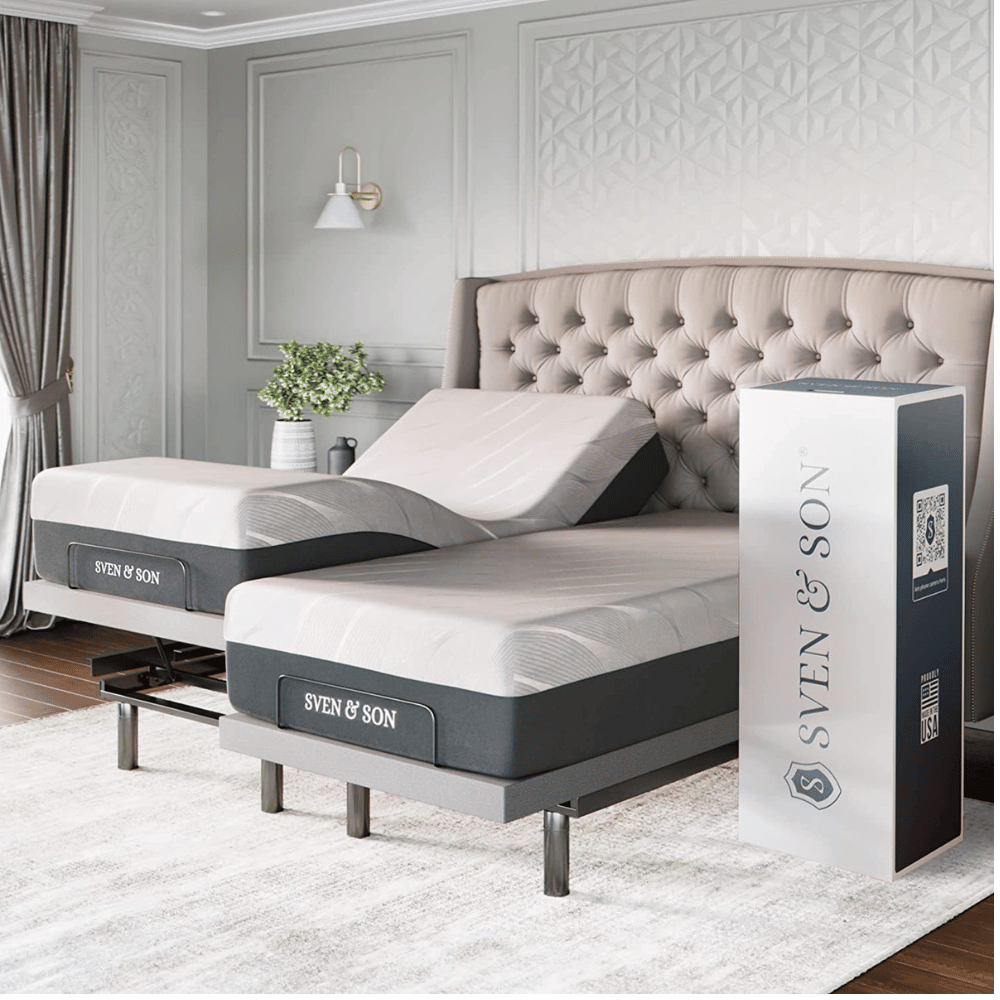
Key Players and Market Share in the Mattress Industry
Who Owns the Mattress Market?
The mattress industry has seen a surge in competition and innovation in the last few years, driven by both legacy brands and new direct-to-consumer (DTC) disruptors.
Brands must adapt to shifting consumer preferences by offering various products that address individual sleep styles, materials, and firmness levels.
Big brands like Tempur Sealy International, Sleep Number Corp, and Casper Sleep Inc still hold significant market share. However, the landscape is changing rapidly as consumer behavior and distribution channels evolve.
Top Mattress Companies by Market Share
- Tempur Sealy is the global leader, known for memory foam.
- Sleep Number is for smart beds with adjustable firmness.
- Casper Sleep Inc. is the pioneer of e-commerce mattress sales.
- Emerging DTC brands are capturing market share from legacy players.
- Regional brands are gaining ground, especially in the country-level market.
Changing Consumer Loyalty and Brand Discovery
Today’s buyers are less brand-loyal and more value-focused. Instead of sticking with traditional household names, many consumers now explore niche brands that fit their preferences for sustainable materials or tech integration.
Brands that offer competitive pricing, transparency, and superior customer experience are the ones driving sales and shifting brand loyalty dynamics.
Factors Driving Industry Competition
- Technology in smart mattresses features
- Growing demand for eco-friendly and organic mattresses
- Broader product personalization (firmness, cooling, adjustability)
- Rapid growth of e-commerce platforms means more options
- Strong focus on sleep health in marketing and innovation
Outlook for Key Players Amid Industry Growth
While legacy companies still dominate global sales, emerging brands are scaling fast with digital-first strategies and consumer-centric innovation.
Companies that respond to both consumer awareness and end use trends are better positioned to build long-term brand loyalty.
As the competitive landscape expands, companies that leverage both traditional distribution and online sales, while addressing wellness-driven preferences, will continue to grow their market share and brand influence across domestic and international markets.
Upholstered Furniture and Mattress Pads
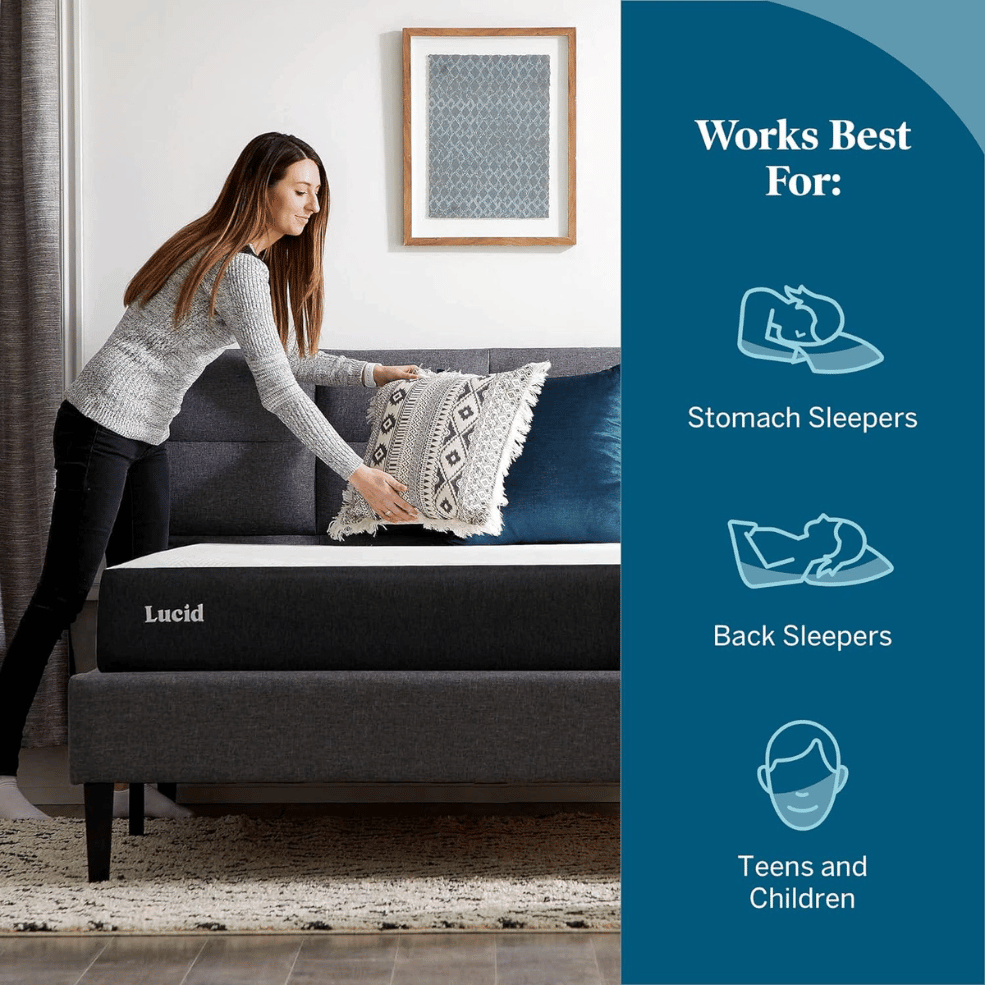
Mattress pads and upholstered furniture are subject to overlapping regulations because of their construction and flammability risks.
While mattresses fall under 16 CFR Parts 1632 and 1633, mattress pads—particularly those with thick cushioning or electric components—may be regulated similarly depending on their flammability characteristics.
Consumers often overlook the safety risks associated with mattress pads, but poorly designed pads can pose fire hazards or contain unsafe materials.
For retailers and manufacturers, understanding the nuanced classifications of upholstered items and ensuring they are tested against ignition sources is essential. Products that claim added comfort or therapeutic features must meet rigorous labeling, marketing, and safety standards.
PLease write sentences about "Understanding the Mattress Industry and its Regulations: A Complete Guide" these keywords: you can put keywords together if needed.
Foam:
Foam is renowned for its ability to contour to the body's shape, providing personalized support that significantly enhances sleep health quality. Used extensively in mattresses and mattress pads, foam reduces pressure points, promoting uninterrupted sleep. Additionally, foam bedding must meet federal flammability standards,.
- Feathers:
Feather-filled bedding offers an unparalleled softness that can make falling asleep feel luxurious. Often used in mattress toppers and pillows, feathers provide a plush surface that adjusts to movement. The breathable nature of feathers helps regulate temperature.
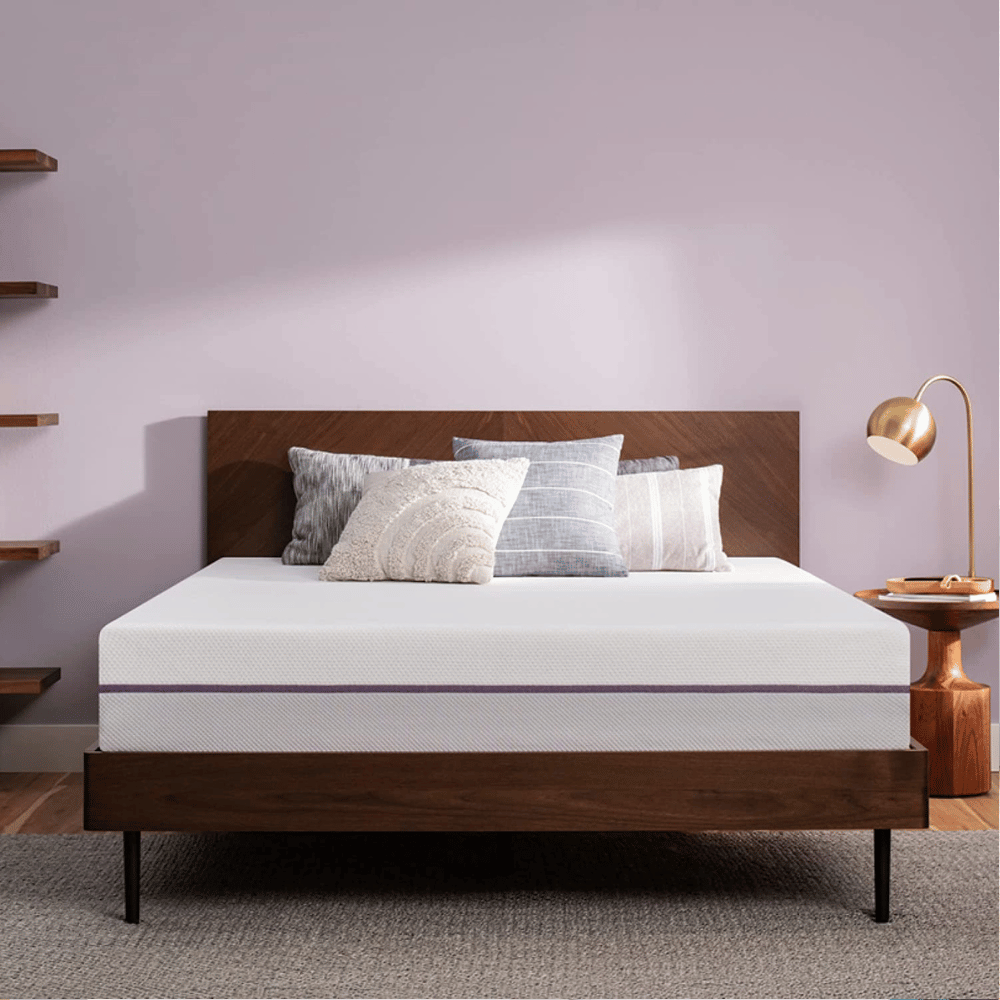
- Cotton:
Cotton is a popular choice for bedding due to its natural softness and breathability. It wicks away moisture, keeping sleepers cool and comfortable throughout the night. Cotton is often used in crib mattresses and mattress pads, providing a safe, hypoallergenic option that complies with safety standards.
- Wool:
Wool's natural temperature-regulating properties make it ideal for bedding materials. It can keep you warm in the winter and cool in the summer, ensuring year-round comfort. Wool is also naturally flame-resistant, aligning with federal flammability standards without additional chemicals.
- Kapok:
Kapok is a soft, natural fiber that offers a down-like feel without allergens, making it an excellent filling for mattresses and pillows. Its buoyant and breathable qualities contribute to a restful night's sleep, especially for those seeking eco-friendly and hypoallergenic bedding options.
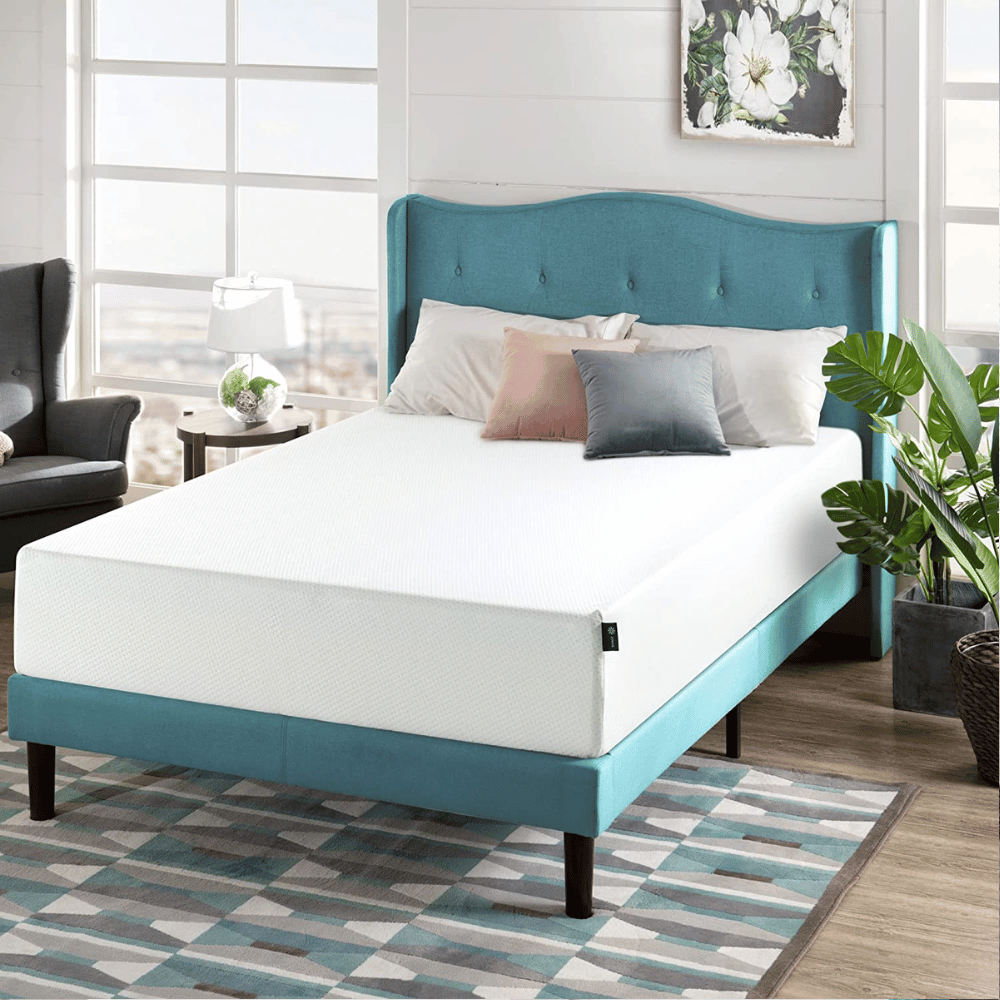
- Polyester Stuffing:
Polyester stuffing is versatile and affordable, providing a firm yet comfortable sleep surface. It's commonly used in upholstered furniture, mattresses, and mattress pads. Polyester is easy to care for and retains shape over time, making it a practical choice for bedding. Moreover, products filled with polyester stuffing adhere to federal flammability standards, ensuring durability and safety.
The tags and stamps on upholstered furniture and mattresses provide essential information about these filling materials, helping consumers make informed choices that cater to their sleep preferences and safety concerns.
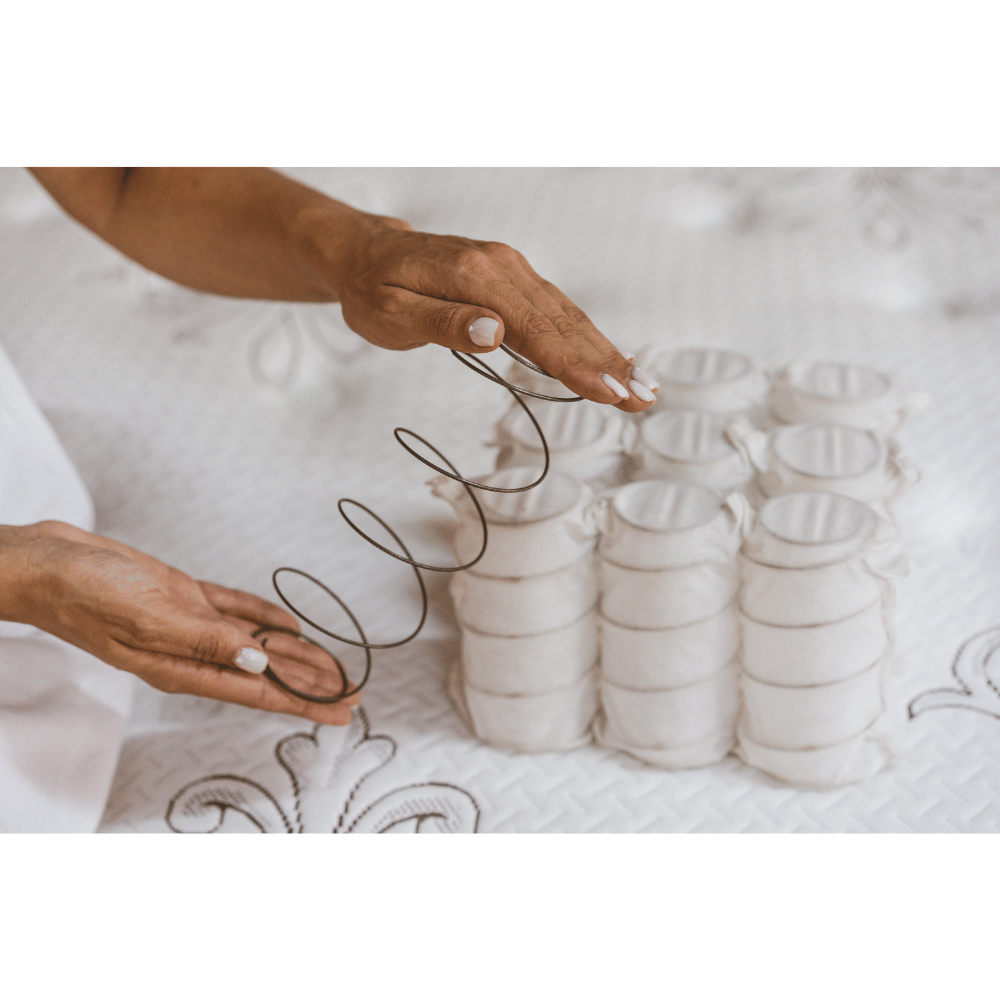
Filling Materials
Filling materials in upholstered furniture and mattress pads must be clean, safe, and accurately labeled to comply with trade standards. This ensures shoppers know the materials they bring into their homes and can make informed choices about the products they purchase.
The tag on mattresses should indicate the filling materials employed in the furniture and the cushions.
Compliance with the Furniture and Furnishings (Safety) Regulations tests is required for single and composite foam mattress fillings. These standards help maintain standards in the sleep products sector.
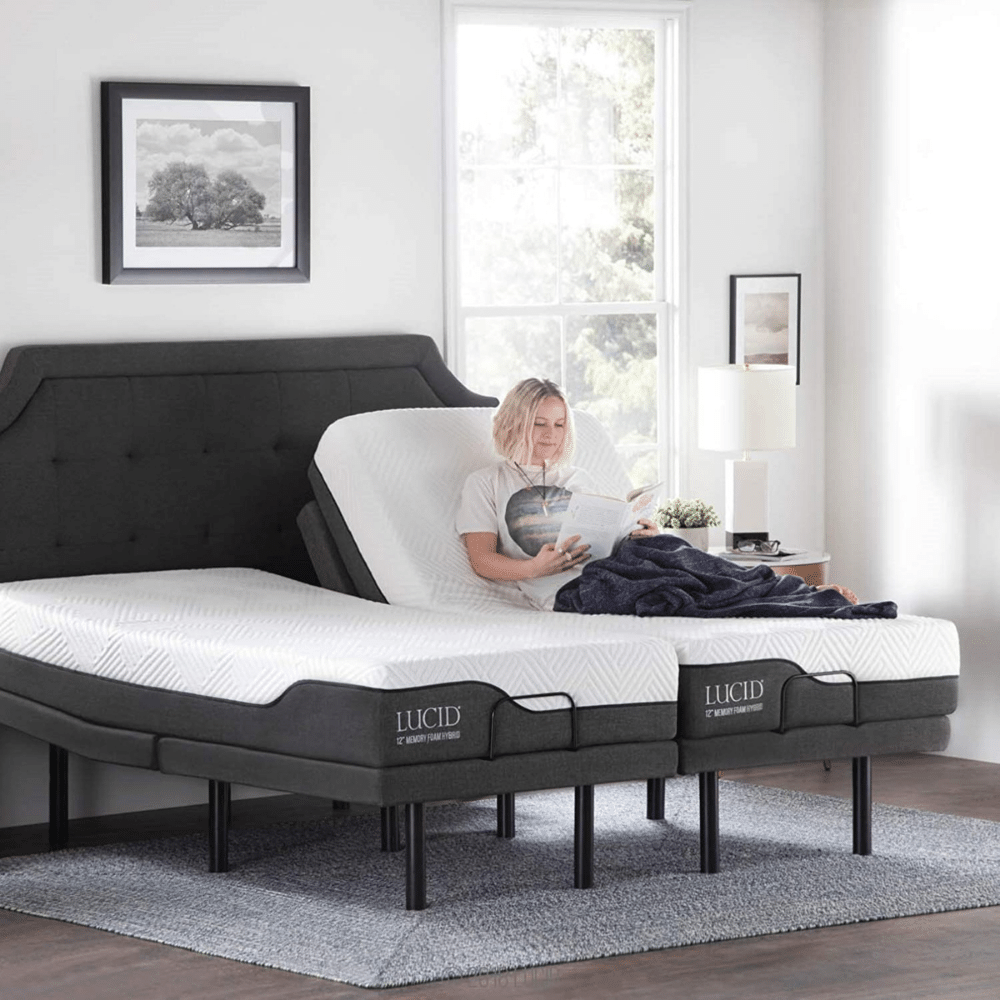
Testing Procedures
The test method ensures that products meet standards, including flammability tests and chemical Observance.
A Mattress protector and mattress toppers must undergo test methods outlined in business regulations such as Technical Bulletin 117-2013, 16 CFR parts 1632 and 1633.
These laws necessitate a test method for flame sensitivity and smolder resistance, as well as other relevant test results and methods. Once completed, the test results help manufacturers ensure their products meet the required standards.
Under 16 CFR parts 1632 and 1633 regulations for children's mattresses, the CPSC requires testing for flammability, smolder resistance, and chemical compliance.
By adhering to these test methods, manufacturers ensure that their products meet the necessary standards.
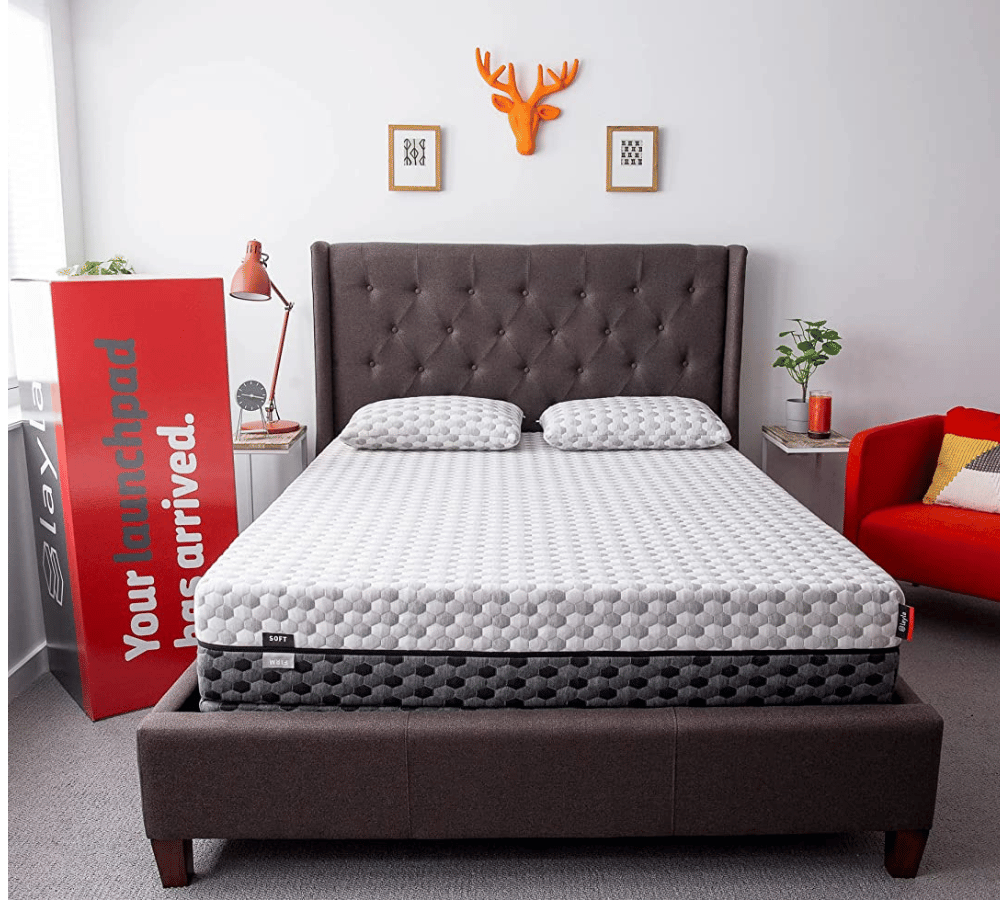
Mattress Distribution Channels: Online Sales vs. Brick-and-Mortar
From luxury hybrids to budget-friendly foam options, the market now supports a wide range of end use cases and lifestyles.
How Consumers Buy Mattresses Today
The way consumers purchase mattresses has undergone significant changes. While brick-and-mortar stores and traditional retailers were once the primary means of testing and purchasing beds, online sales have grown with improved product transparency, free trials, and hassle-free delivery.
Today, the distribution channel a brand chooses is key to its success, especially as consumers shift to convenience and value.
Key Mattress Distribution Channels
- Brick-and-mortar stores: For hands-on testing and personal consultation
- Department stores continue to play a significant role in traditional shopping experiences.
- E-commerce platforms: Lead the market with direct shipping and bundled deals
- DTC websites: Allow brands like Casper and Nectar to own the customer journey.
- Hybrid models: Physical showrooms with a strong online presence
How Online Sales Are Changing the Market
Buying a mattress from home has led to a surge in e-commerce growth. Consumers are now comfortable making big-ticket purchases online, especially with sleep trials and return policies.
These online experiences have led to better pricing, more options for mattresses, and increased accessibility for all demographics.
Consumer Priorities Driving Channel Choice
- Transparent product specs and user reviews
- Fast shipping and flexible return policies
- Convenience over in-store testing
- Mobile-first shopping experiences
- Bundle deals on new mattresses and accessories
Future of Mattress Retail in a Hybrid World
Traditional retailers are still relevant, especially for customers who want to “try before they buy”—but e-commerce growth can’t be ignored.
A hybrid approach combining department stores with well-optimized e-commerce platforms is the new norm.
Brands that meet consumers where they are—online and offline—will be best positioned to thrive across evolving distribution channels.
CERTIFICATIONS AND SEALS IN THE MATTRESS MARKET:
Certifications offer consumers assurance that a mattress meets or exceeds industry standards. In a market flooded with competing claims, third-party certifications help cut through the noise and signal quality. Some of the most recognized certifications include:
- CertiPUR-US: Indicates that the foam used is made without harmful chemicals and meets emissions and durability standards.
- GREENGUARD Gold: Ensures low chemical emissions, contributing to better indoor air quality.
- OEKO-TEX Standard 100: Verifies that textiles are free from harmful substances.
- GOTS (Global Organic Textile Standard): This standard applies to organic mattresses.
Mattresses that meet these standards are generally safer, more durable, and more sustainable. Transparency in sourcing and certification strengthens brand credibility and encourages consumer loyalty.
In addition to government requirements, various certifications and seals in the mattress marketplace assure high standards and ethical production.
Mattress manufacturers often seek these certifications, seals, and organic certifications to demonstrate their commitment to safety and environmental standards, and mattresses manufactured with organic materials.
Having these certifications and seals on a mattress can help shoppers make more informed decisions when purchasing a foam mattress, as they indicate that the manufacturer has taken extra measures to ensure that the standards have been met and the product is of good value.
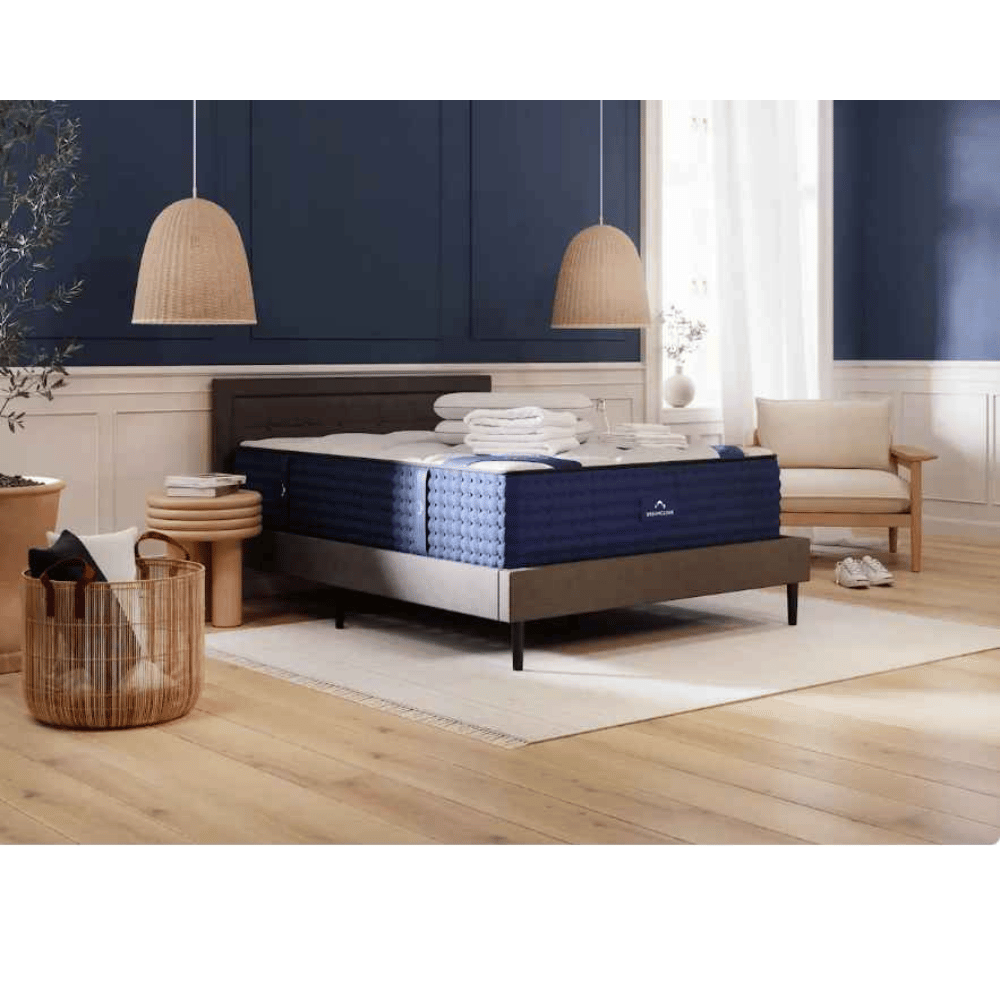
National Bed Federation (NBF)
The National Bed Federation (NBF) is a renowned trade association that brings together UK bed manufacturers and suppliers under a common umbrella company. In 2013, the NBF implemented a Code of Practice to uphold standards within the bed sector.
This crucial code is intended to ensure that professional players comply with both legal and ethical standards. It provides a clear framework that is enforced through a rigorous process of audits and approvals.
Key to this code is the NBF seal of approval, a significant mark found on mattresses. This seal indicates that the manufacturer has met the stipulated standards and gone the extra mile to ensure their product meets voluntary standards.
This seal becomes a trusted mark of confidence for consumers. Consequently, the NBF is pivotal in maintaining industry standards while empowering users in purchasing decisions.
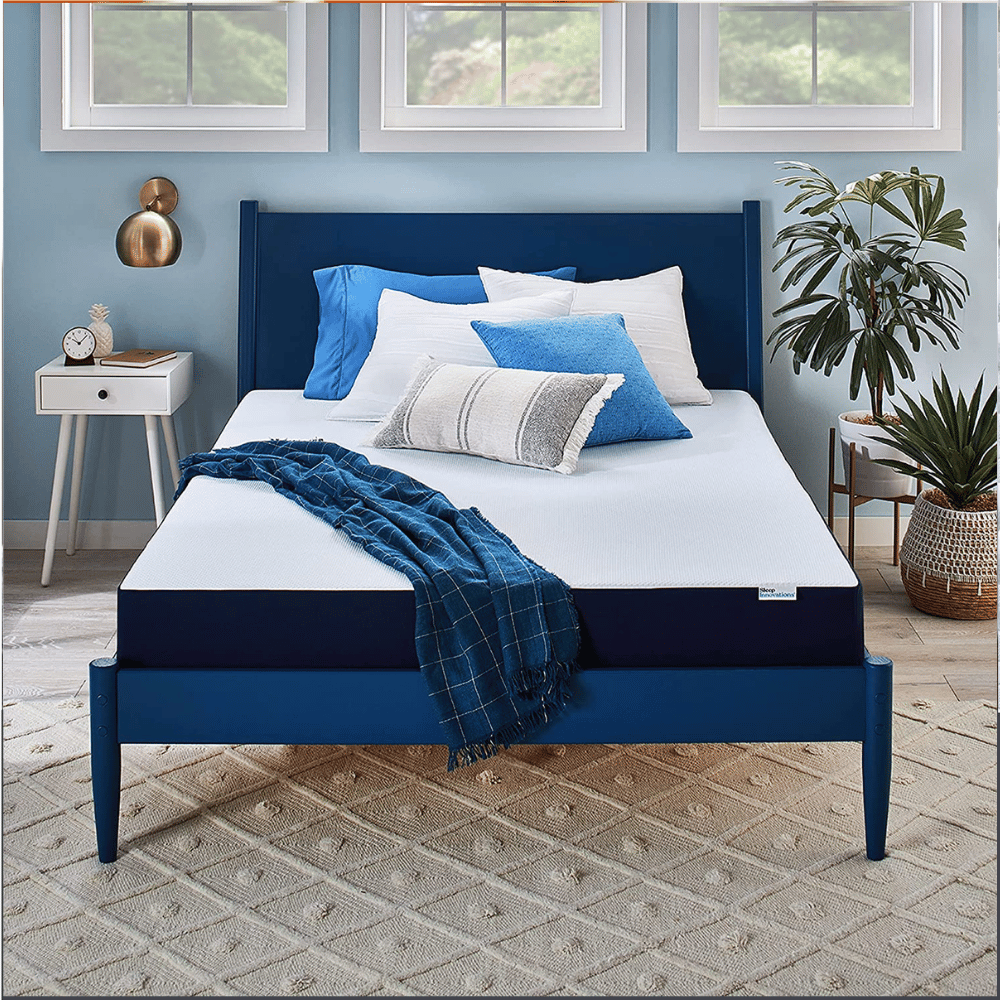
Organic and Sustainable Certifications
Organic and sustainable certifications are important in the growth of the mattress marketplace, as they ensure environmentally friendly and ethical production practices. Some of the key organic and sustainable certifications include the Global Organic Latex Standard (GOLS) and the Global Organic Textile Standard (GOTS).
These certifications guarantee that the materials used to produce synthetic fibers for a mattress are organically grown and produced with minimal environmental impact.
This is particularly important for buyers who prioritize eco-friendly packaging and sustainable products. Organic and sustainable certifications help manufacturers distinguish their products and appeal to environmentally conscious buyers.
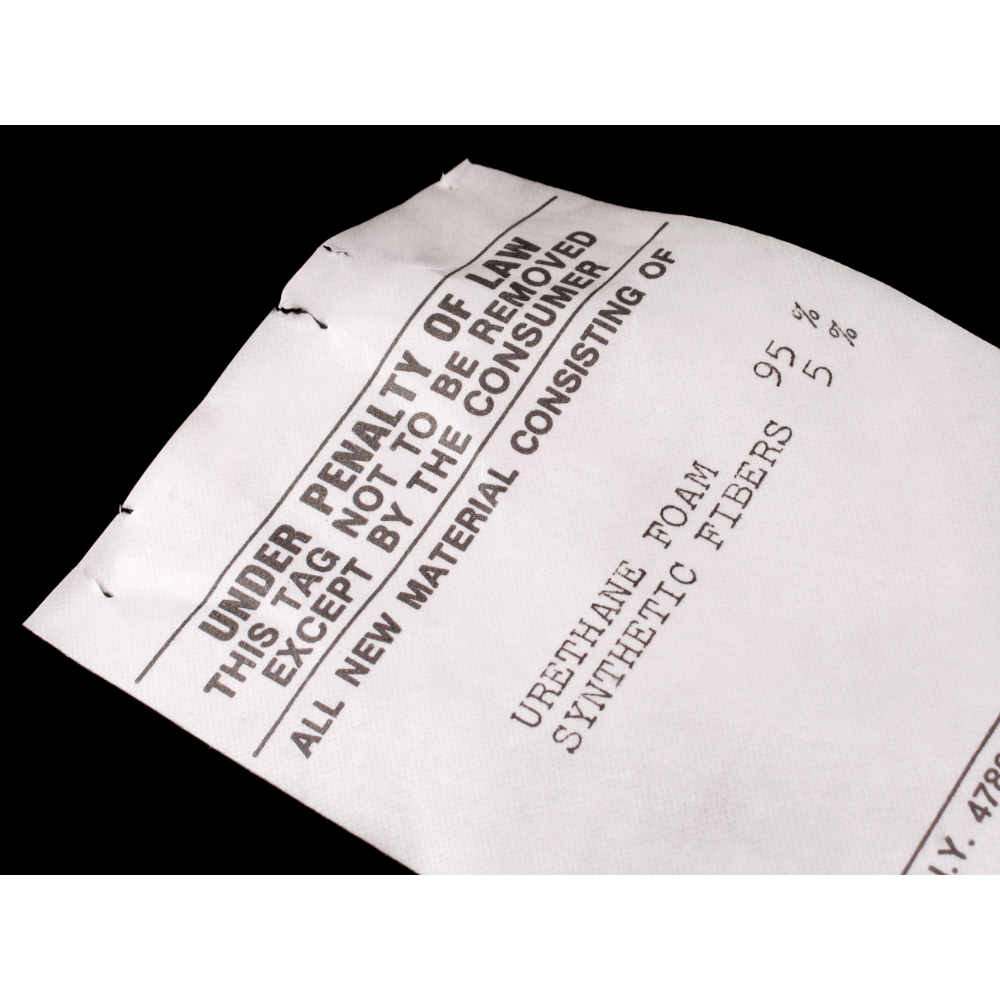
Mattress Labeling Requirements
Mattress labeling requirements are essential in ensuring transparency and accurate information for consumers.
These requirements include Fabric materials labeling, which ensures accurate disclosure of fiber content and non-textile animal parts in mattress covers, and country of origin and language requirements, which ensure labels are accurate and accessible to shoppers in various marketplaces.
By adhering to these labeling requirements, manufacturers provide users with the necessary information to make informed decisions about their mattress purchases.
This transparency helps maintain trust between manufacturers and consumers and ensures that the sleep products sector operates fairly and ethically.

Textile Materials Labeling
Textile materials labeling is important to ensure accurate disclosure of fiber content and non-textile animal parts in mattress covers.
This information is particularly important for shoppers with allergies or sensitivities to certain materials and those who prefer to purchase products from specific materials.
Regulations require that Fabric materials sold in the United States be labeled with the manufacturer the following information:
- Fiber content
- Country of origin
- Washing and care instructions
- Manufacturer identification
The Federal Trade Commission and the Food and Drug Administration enforce these labeling requirements, ensuring that users have access to accurate information about the products they purchase.
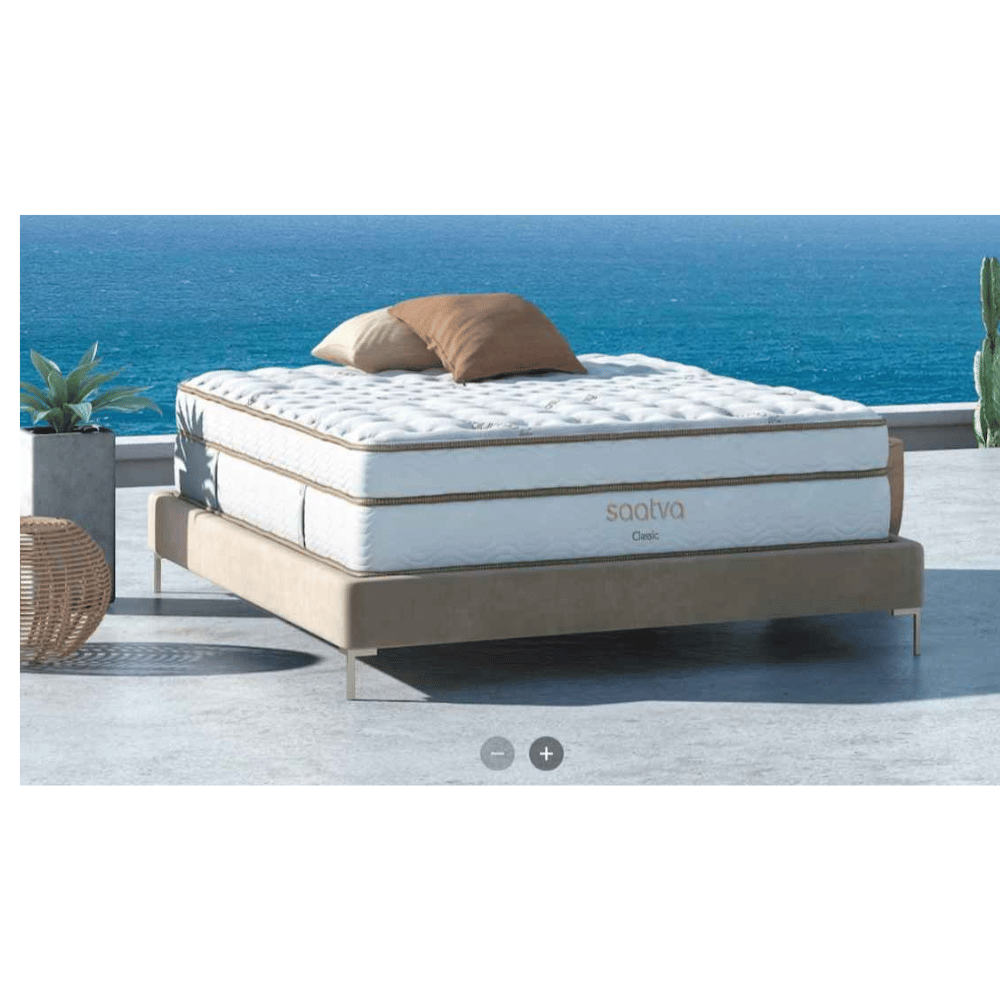
Country of Origin and Language Requirements
Country of origin and language requirements are integral to product labeling standards, especially in industries such as mattress manufacturing. Their key role is to provide accurate and accessible information to consumers across diverse markets.
These crucial stipulations are designed to enable shoppers to fully understand the labels on mattresses, fostering informed decision-making in their purchasing process.
The specific requirements for mattresses may vary from one country to another. Still, they generally cover the need for information about the country of origin, the language used, and other important data.
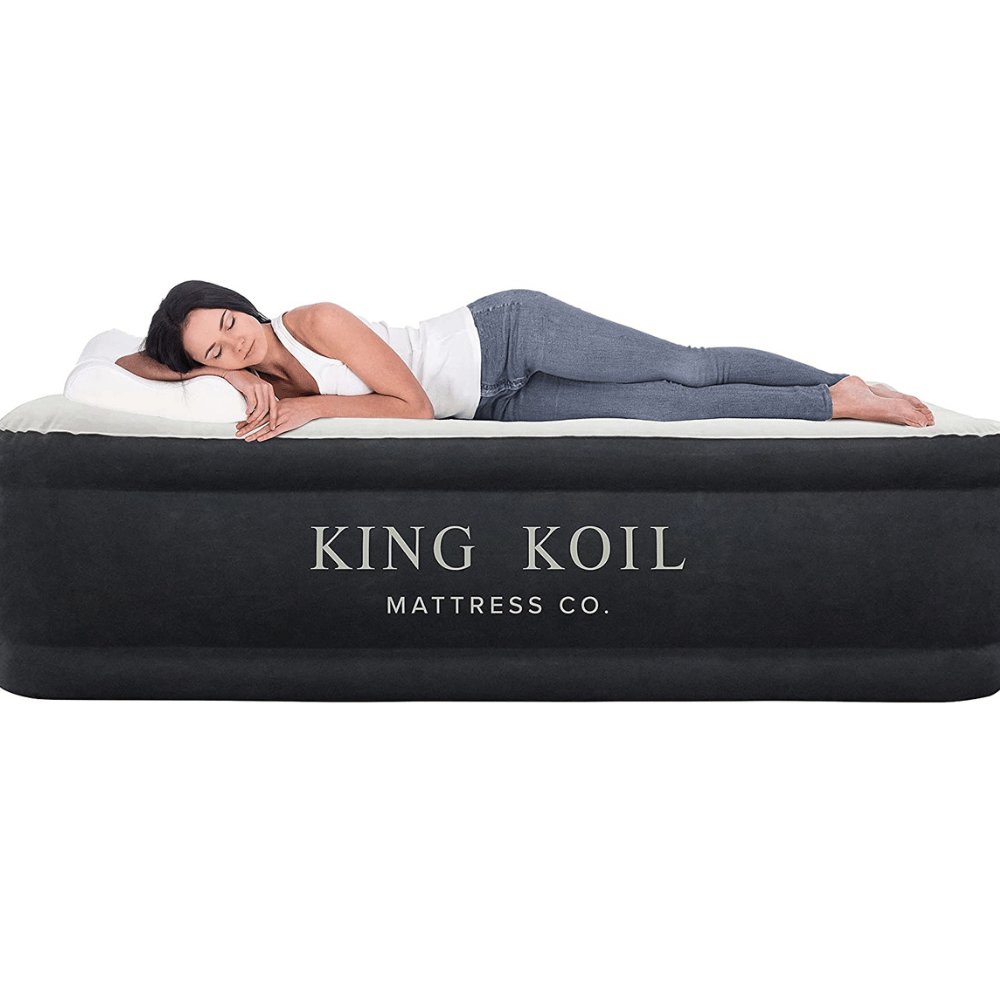
This could include details on the materials used in the product's construction, protection standards adhered to, and more. Such stringent guidelines help maintain transparency about a product's origin and Observance of various safety standards.
Failure to comply with this country of origin and language requirements can have serious consequences. These may include hefty fines, enforced product recalls, and other sanctions that can significantly impact a business's operations and reputation.
Therefore, rigorous adherence to these requirements is a legal necessity and a vital practice to ensure a fair, transparent, and consumer-friendly marketplace.

Eco-Friendly and Smart Mattresses
Innovation Meets ResponsibilityToday’s mattress buyers are more conscious than ever, not just about comfort but also about the environmental and technological impact of their purchase.
As a result, mattress companies are embracing both sustainable materials and technology. These innovations cater to the evolving needs of modern consumers, who view sleep as an integral part of a healthier, smarter lifestyle.
Sustainable Materials
- Organic mattresses made with certified cotton, latex, or wool
- Sustainable materials like bamboo, Tencel and recycled foam
- Low-VOC adhesives and non-toxic fire retardants
- Packaging made from biodegradable or recyclable materials
- Sourcing transparency to match growing environmental awareness
Smart Mattress Features Along with eco-friendliness, tech-savvy consumers are demanding smarter sleep. Smart technology has changed the way mattresses interact with users.
These innovations not only enhance the sleep experience but also offer long-term benefits, particularly for individuals managing chronic health conditions or sleep disorders.
Notable Smart Trends
- Integrated sleep tracking sensors
- App-controlled firmness or adjustable zones
- Climate control and active cooling layers
- Smart alarms and snore detection features
- Voice integration and smart home compatibility
- Meeting Consumer Expectations Through InnovationMattress companies that combine eco-friendly features with smart technology stand out in today’s market.
Whether it’s meeting demand for cleaner production or integrating tech to improve comfort, these innovations are more than trends—they’re fast becoming necessities.
The brands that stay ahead will not only support the planet but also enhance lives through smarter, more personalized sleep solutions.
Fire Safety in the Mattress Manufacturing Sector

Fire safety remains one of the top priorities for regulators and manufacturers. Open-flame resistance (Part 1633) and cigarette smolder resistance (Part 1632) are mandatory standards. Manufacturers often incorporate materials like silica, rayon treated with silica, or inherently fire-resistant fibers such as wool to comply.
Innovations in fire-retardant barriers have enabled the achievement of safety standards without relying heavily on chemical treatments. Many manufacturers are opting for natural alternatives to traditional flame retardants, which have been scrutinized for potential health risks.
Marketing claims about fire resistance must be verified and documented, especially for specialty beds used in healthcare and hospitality industries.
State fire security regulations, accreditation, and testing requirements ensure that mattresses comply with the specified flame safety norms and requirements.
These laws and requirements help minimize the risk of mattress fires and protect shoppers from potential harm.
Manufacturers demonstrate their commitment to consumer safety and produce high-grade products by following fire risk mitigation requirements.
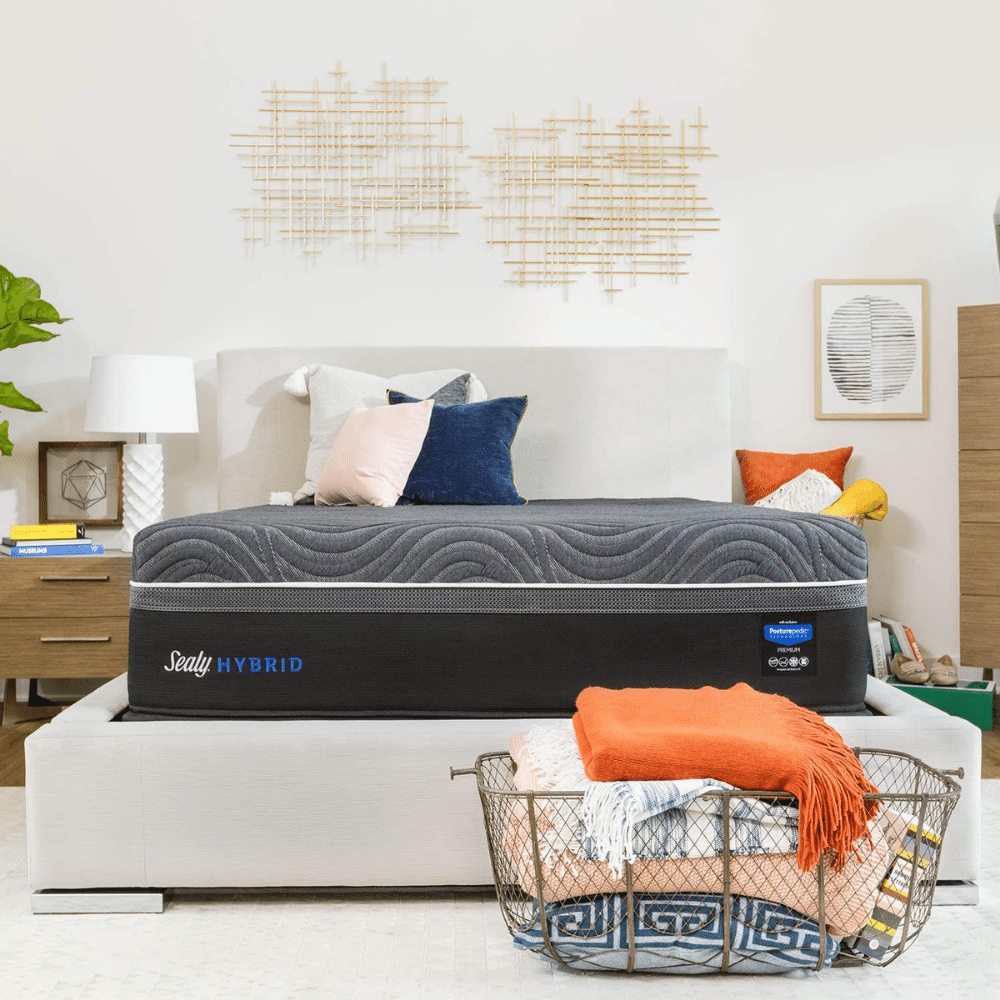
State Fire Safety Regulations
Fire safety regulations are critical in ensuring that mattresses meet precise flammability standards, thus protecting buyers from potential flame hazards associated with these products. These laws are paramount in fostering a safe and reliable marketplace for mattresses and similar goods.
In the United States, mattresses must comply with certain Fire security norms and requirements as detailed in the Code of Federal Regulations (CFR) Part 1632 and Part 1633. These laws impose specific fire safety criteria that every mattress must meet before being made available for purchase.
Adherence to these guidelines by manufacturers is a legal obligation and a testament to their commitment to consumer risk prevention.
By complying with these strict risk prevention standards, manufacturers can offer children's products that minimize the risk of fire-related accidents, thus providing users with an added layer of assurance and peace of mind regarding the safety of their children's products.

Accreditation and Testing Requirements
Accreditation and testing requirements, such as those provided by FIRA and UKAS, are crucial in ensuring mattresses comply with flame safety requirements. These requirements involve testing for flame sensitivity, smolder resistance, and chemical compliance.
The Consumer Product Safety Commission (CPSC) oversees these standards and sets pass/fail criteria for the tests.
By adhering to accreditation and testing requirements, manufacturers ensure that their products meet the necessary flame safety regulations, giving consumers confidence in the risk prevention of their mattress purchases.
Crib Mattresses: Special Considerations

Crib mattresses, also known as children’s mattresses, are designed specifically for infants and young children and require special consideration regarding risk prevention and standards. These mattresses are subject to additional laws, such as ASTM standards for crib beds, flame sensitivity tests, and compliance.
Crib mattresses must adhere to even stricter guidelines given their use by vulnerable infants. The CPSC enforces size, firmness, and material standards to prevent entrapment and suffocation. ASTM International also offers voluntary standards, such as ASTM F2933, that cover crib mattress performance.
Safety certifications, such as GREENGUARD Gold and OEKO-TEX, are especially relevant for crib mattresses. Parents increasingly seek non-toxic, breathable, and hypoallergenic options. Firms that go the extra mile with eco-friendly materials and airtight quality control gain a competitive edge in this trust-sensitive segment.
By adhering to these special considerations, manufacturers demonstrate their commitment to the risk prevention and well-being of infants and young children.
These additional guidelines help ensure that crib mattresses meet the highest safety standards, providing parents with peace of mind when purchasing a mattress for their child’s crib.
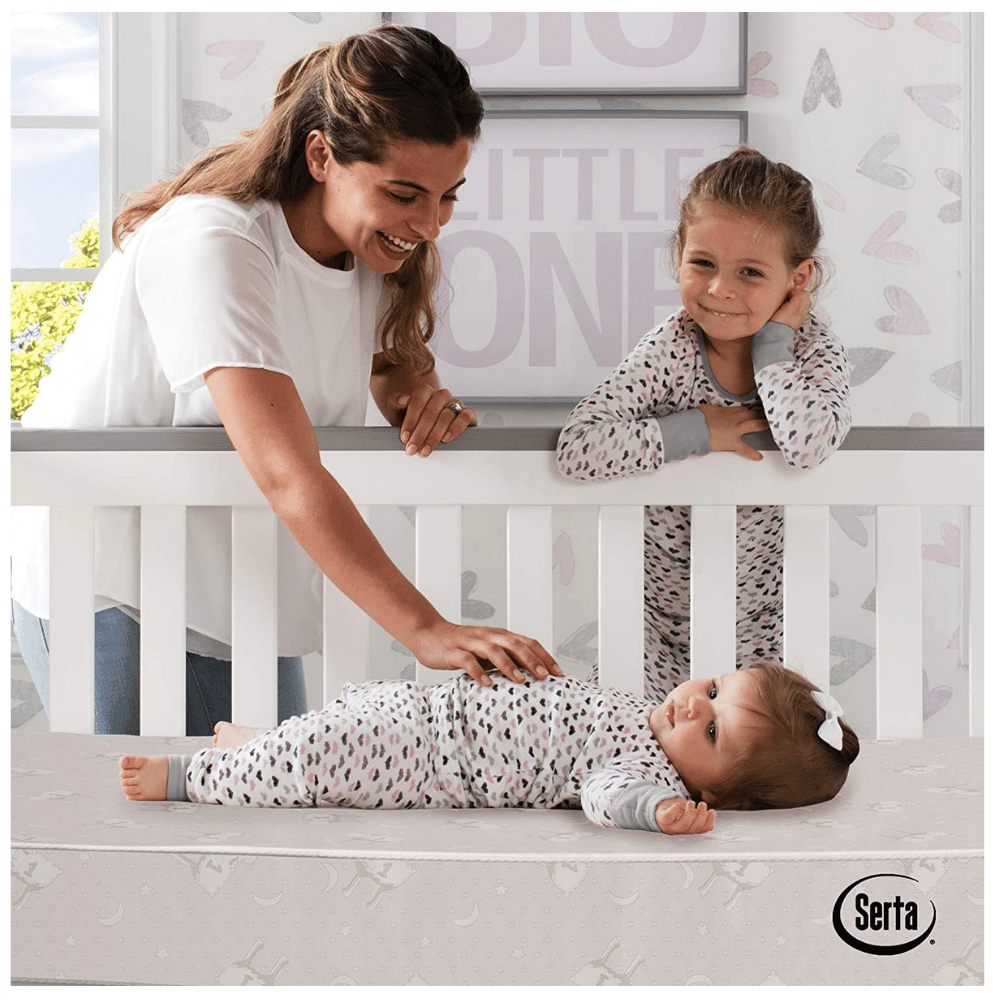
ASTM Standards for Crib Mattresses
ASTM standards for crib mattresses ensure that safety and design requirements are met. These standards, such as ASTM F2933, play a crucial role in maintaining crib beds' risk prevention and value, providing parents with confidence in their purchases.
In addition to the requirements outlined in ASTM F2933, crib mattresses must also meet additional performance requirements related to firmness, durability, and size.
By adhering to these ASTM standards, manufacturers ensure that their crib mattresses meet the highest safety standards and provide a safe and comfortable sleeping environment for infants and young children.
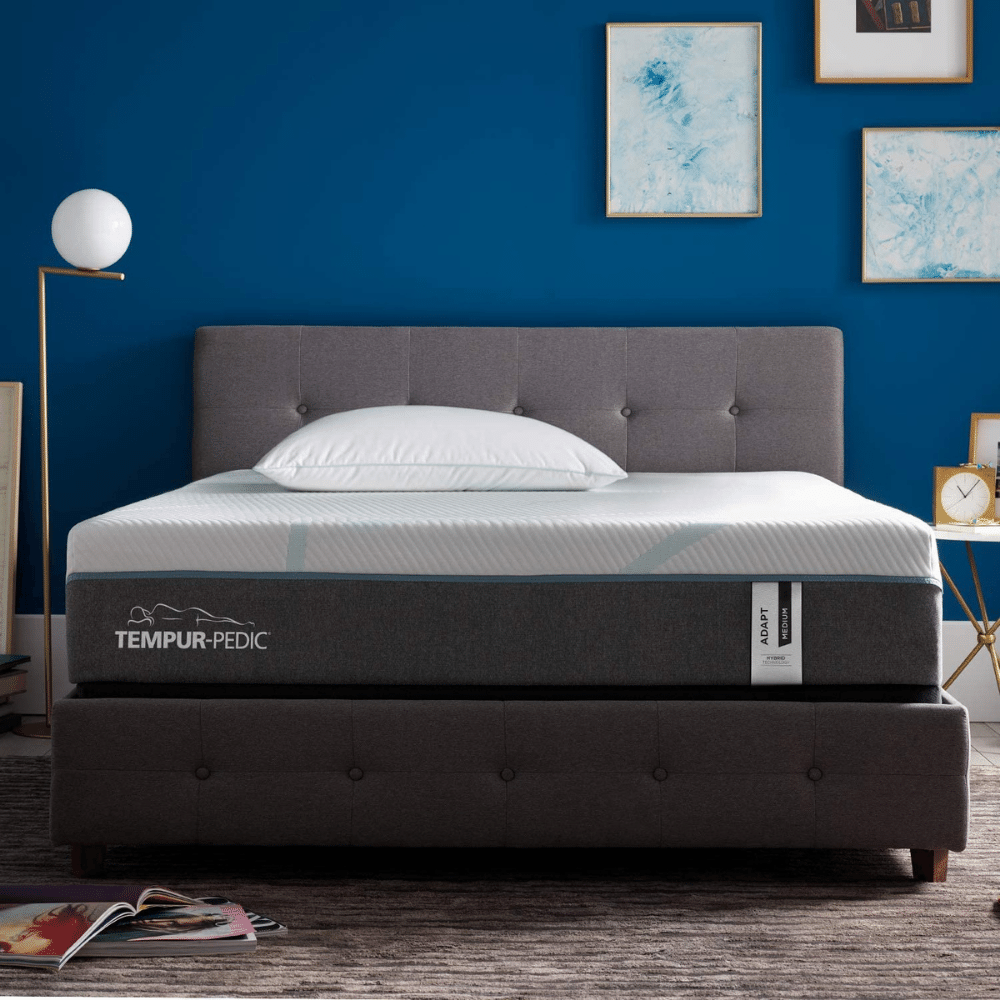
Flammability Testing and Compliance
Flammability testing and compliance for crib mattresses are essential in ensuring these products meet ignition resistance standards and guidelines. Smolder ignition occurs at lower temperatures and is characterized by the absence of flame.
It's a slow, flameless form of burning, sustained by the heat evolved when oxygen directly attacks the surface of a condensed-phase fuel. Crib BDs are classified as children's products in the United States and require third-party testing and certification under ASTM F2933-21.
By adhering to these Fire prevention norms and compliance requirements, manufacturers ensure that their crib mattresses meet the necessary, flame-resistant, and safety standards, providing additional peace of mind for parents when purchasing a mattress for their child’s crib.
This commitment to safety and value is vital in maintaining a trustworthy and reliable marketplace for crib mattresses.
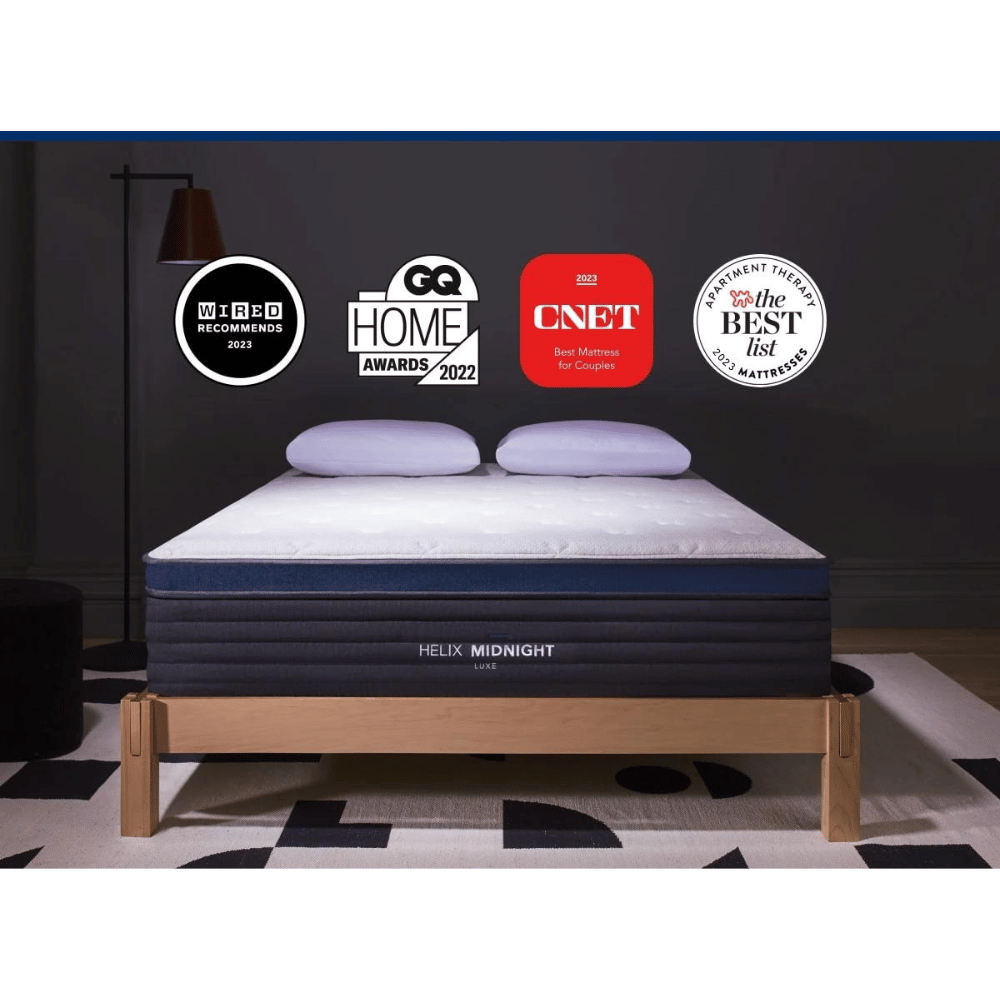
Chemical Regulations in the Mattress Industry
Chemical safety is a growing concern among consumers, particularly as more people become aware of the health implications of indoor air quality. Regulations surrounding the use of chemicals in the global mattress market vary globally but have seen greater harmonization in recent years.
In the U.S., the Consumer Product Safety Commission (CPSC) monitors the use of flame retardants, while the Environmental Protection Agency (EPA) assesses broader chemical safety through the Toxic Substances Control Act (TSCA).
In the EU, REACH (Registration, Evaluation, Authorisation and Restriction of Chemicals) plays a similar role. Mattress companies must balance performance and cost while eliminating substances like PBDEs, TDCPP, and TCEP.
Forward-thinking brands invest in research and development to create safe alternatives, leveraging plant-based foams, natural latex, and water-based adhesives. Offering transparency in chemical disclosures is not only a compliance issue but also a key differentiator in the wellness-driven mattress market.
Global Mattress Industry Standards and Compliance
The globalization of mattress sales—especially via e-commerce—means that manufacturers must comply with a patchwork of regional regulations. For example:
- In Canada, the Hazardous Products Act mandates flammability testing.
- In the EU, mattresses must meet fire and environmental safety directives under the REACH and EN 597-1 regulations.
- Asia-Pacific markets, such as Australia and Japan, require local testing for imported sleep products.
Multinational brands typically maintain internal regulatory teams to ensure compliance across borders. Some third-party labs provide international certification packages to streamline the process.
Digital Labeling and Transparency Initiatives
As consumer demand for transparency grows, mattress companies are adopting digital labeling systems that provide instant access to safety data, sourcing information, and certification documents. QR codes on mattress tags can link directly to detailed product dossiers.
This approach not only builds trust but also aids in recall management and compliance tracking. Digital traceability systems are increasingly encouraged by regulatory bodies and retailers alike, especially for baby and orthopedic products.
Future Trends: Sustainability and Circular Economy
Sustainability is shaping the future of mattress manufacturing. Beyond material safety, regulators and consumers now evaluate how mattresses are made, used, and disposed of. Circular economy models, where products are designed for reuse, recycling, or composting, are gaining traction.
Some emerging best practices include:
- Designing modular mattresses for easier disassembly
- Using biodegradable or recyclable materials
- Partnering with recycling firms to reduce landfill waste
Brands that lead the way in sustainable design and effectively communicate their efforts are poised to dominate the next generation of eco-conscious consumers.
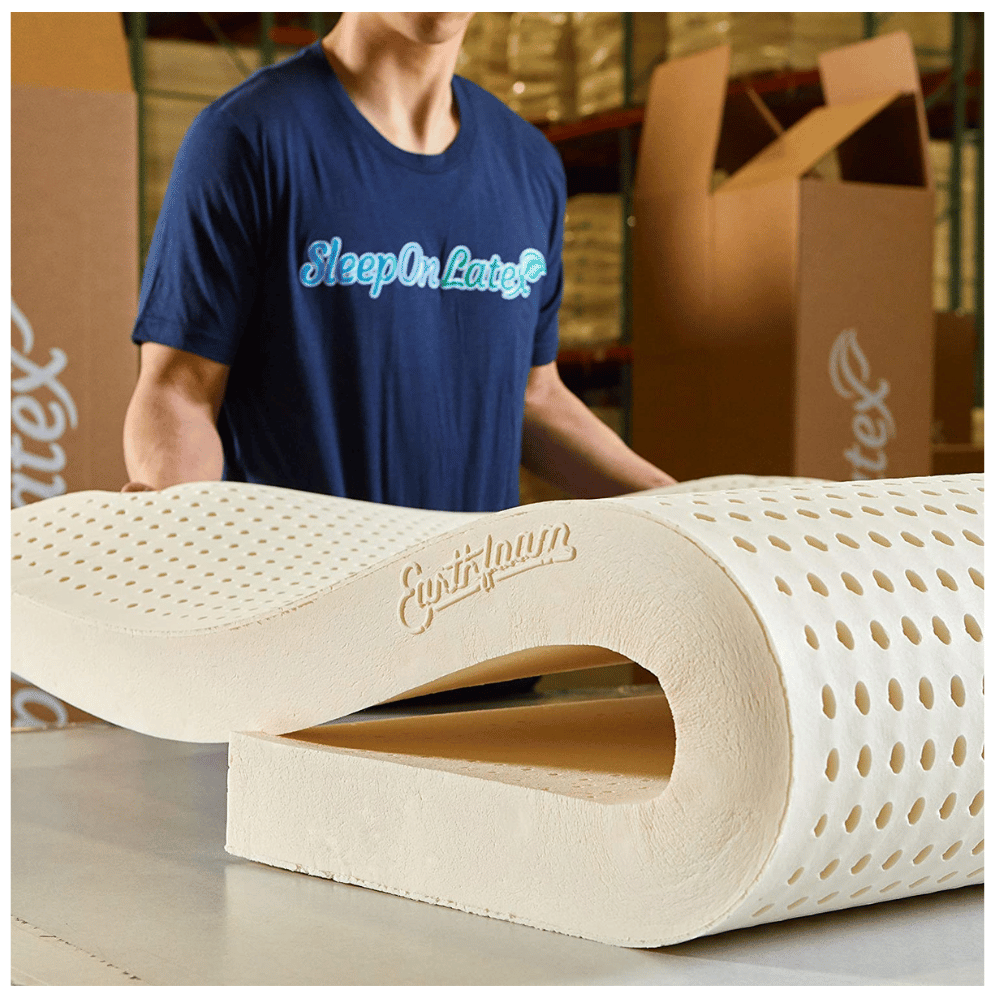
Global Mattress Demand and Regional Trends
A Growing Global Sleep EconomyThe global mattress industry is no longer limited to North America and Europe. With rapid urbanization, rising incomes, and new home construction, the demand for high-quality sleep products is increasing in emerging markets.
Countries in South America, South Korea, and the Middle East are now experiencing a growing trend of investing in mattresses that enhance sleep and lifestyle.
Regions Driving Mattress Growth
- South Korea: Tech-integrated beds for a connected population
- South America: The growing middle class is looking for better comfort and support
- Middle East: High-end mattresses in luxury housing markets
- Country levels: Expanding economies are boosting the furniture and bedding sectors
- Global growth rate is rising, driven by innovation.
Shifting Demographics and Consumer Behaviour
As younger generations enter the housing market and bedroom sizes increase, buyers are upgrading to queen-size mattresses or bigger.
This shift, combined with increased awareness of sleep, is driving global sales. Consumers across regions are shifting away from generic sleep products to those tailored to specific needs.
Factors Influencing Regional Preferences
- Local climate and housing architecture
- E-commerce and delivery infrastructure
- Cultural preferences for firmness, size, or style
- Country-level regulations and safety standards
- Regional marketing by key players to reach growing consumer segments
The Future of Global Mattress ExpansionWith growing demand across different regions, the industry must be agile to meet global and local expectations. Those who meet local needs while maintaining quality will win long-term loyalty.
As wellness and comfort continue to grow, the global market for mattresses will expand in terms of volume, value, and complexity.
CONCLUSION:
In conclusion, complex regulations, certifications, and testing methods govern the mattress-making sector to ensure mattresses' risk prevention, quality, and ethical production.
These regulations are crucial in maintaining a transparent and fair marketplace for consumers and manufacturers. They cover everything from flame sensitivity standards and chemical legislation compliance to organic certifications and labeling requirements.
By understanding and adhering to these guidelines, buyers can make informed decisions when purchasing mattresses, while manufacturers can demonstrate their commitment to risk prevention, quality, and sustainability.
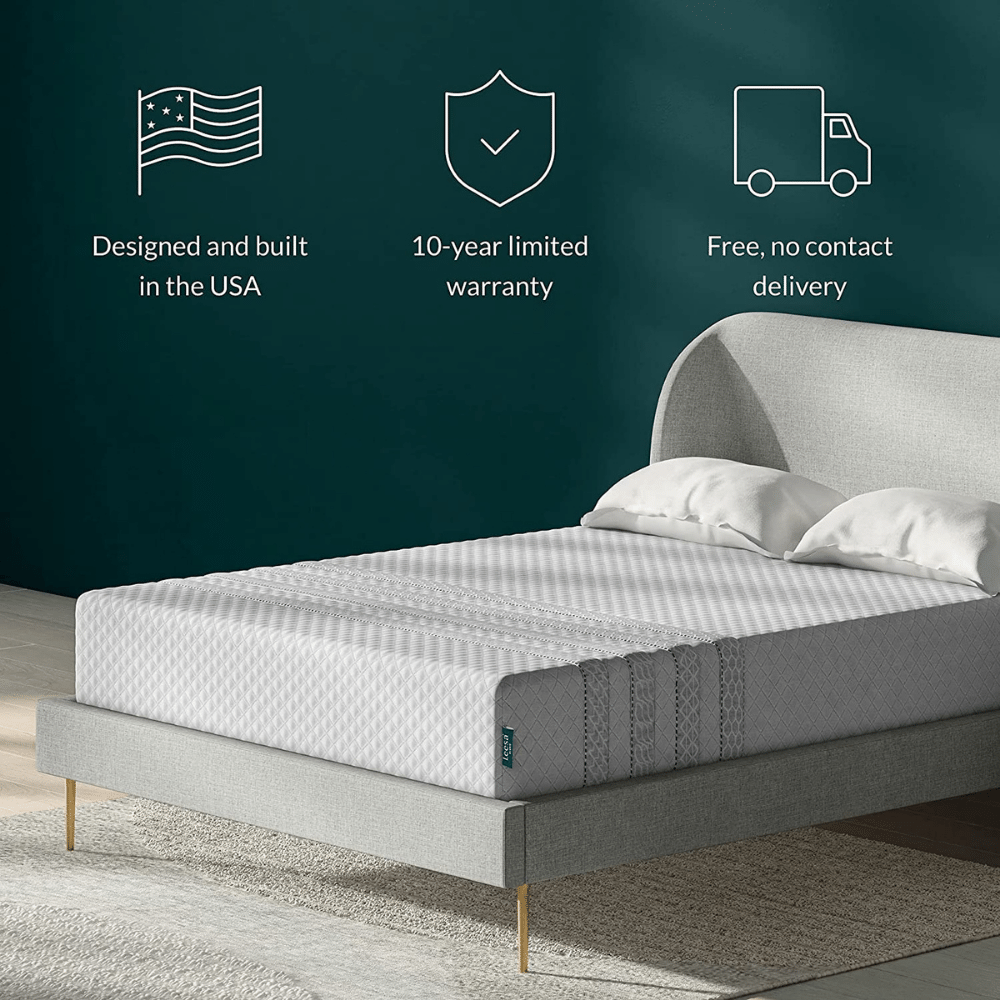
FAQs
What are 16 CFR 1632 and 1633?
16 CFR 1632 and 1633 are federal flammability standards requiring manufacturers to meet the cigarette and open-flame standards when selling mattresses in the US.
These standards ensure that mattresses are safe for buyers and meet certain safety requirements. They are voluntary standards enforced by the Consumer Product Safety Commission (CPSC). Manufacturers must comply with these standards to sell their high quality mattresses.
What federal agency regulates beds?
The Consumer Product Safety Commission (CPSC) regulates beds in the United States. They enforce safety standards through laws like the Consumer Product Safety Improvement Act (CPSIA). The CPSC conducts inspection audits and can levy penalties or recalls if a product is found non-compliant with the safety standards.
What are the main categories of regulations governing the mattress-making sector?
The main categories of mattress standards encompass risk prevention and labeling standards. Safety laws include fire hazard standards and chemical content limits. Quality standards ensure durability and performance. Labeling involves language use, country of origin, and detailed product information.
What are some common certifications and seals in the mattress marketplace?
Some common certifications and seals in the mattress market include the CertiPUR-US (for foams), the Global Organic Textile Standard (GOTS), the Global Organic Latex Standard (GOLS), the GreenGuard Gold Certification (for low chemical emissions), and the National Bed Federation (NBF) approval for UK manufacturers.
What are the main considerations for crib mattress safety?
When purchasing. It is essential for ETS ASTM standards for risk prevention, value, design requirements, ignition safety norms, and compliance crib mattresses.
In the North America mattress market, the standards are set by the American Society for Testing and Materials (ASTM) and are designed to ensure the safety of infants and toddlers. The ASTM standards cover many topics, including the mattress's size, shape, and safety.
